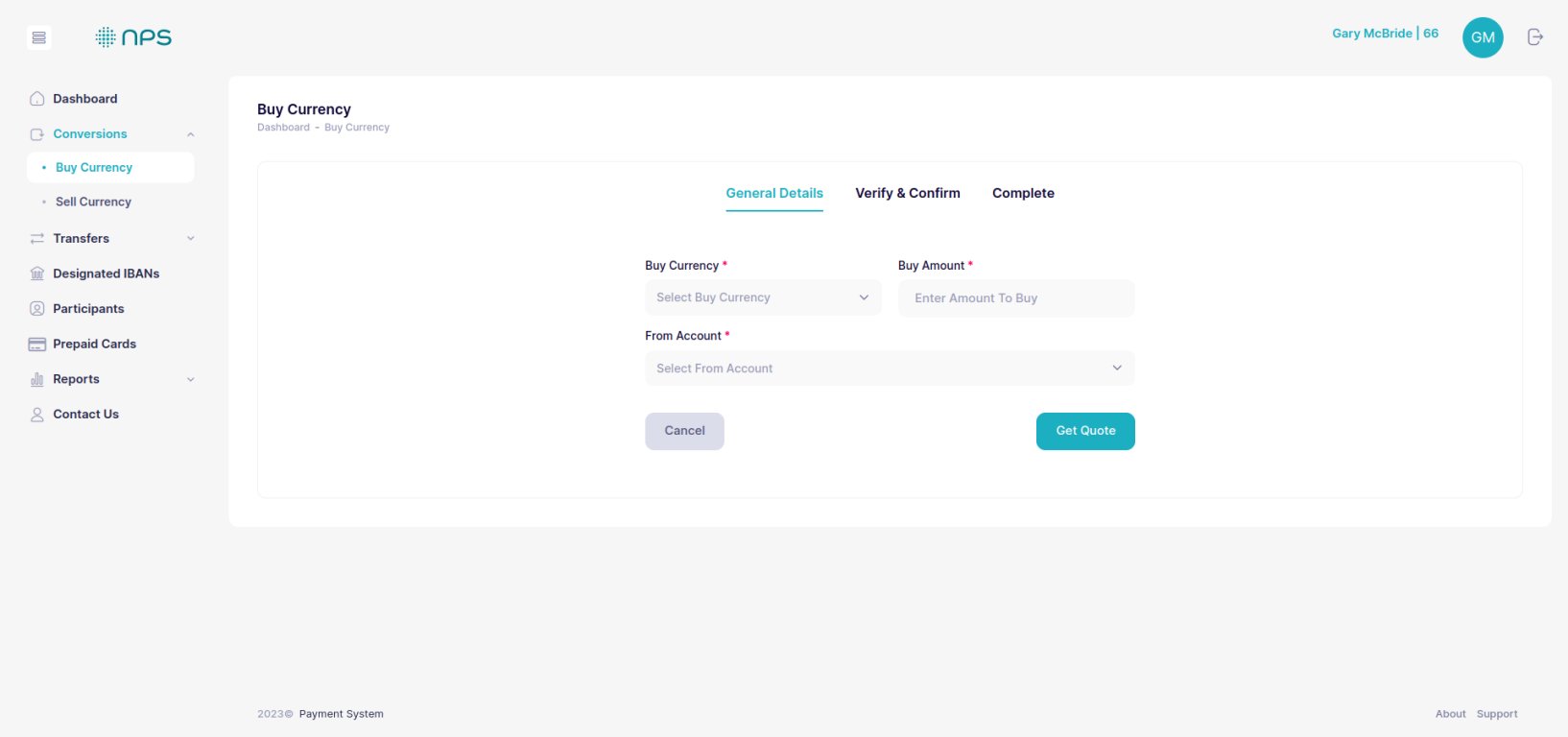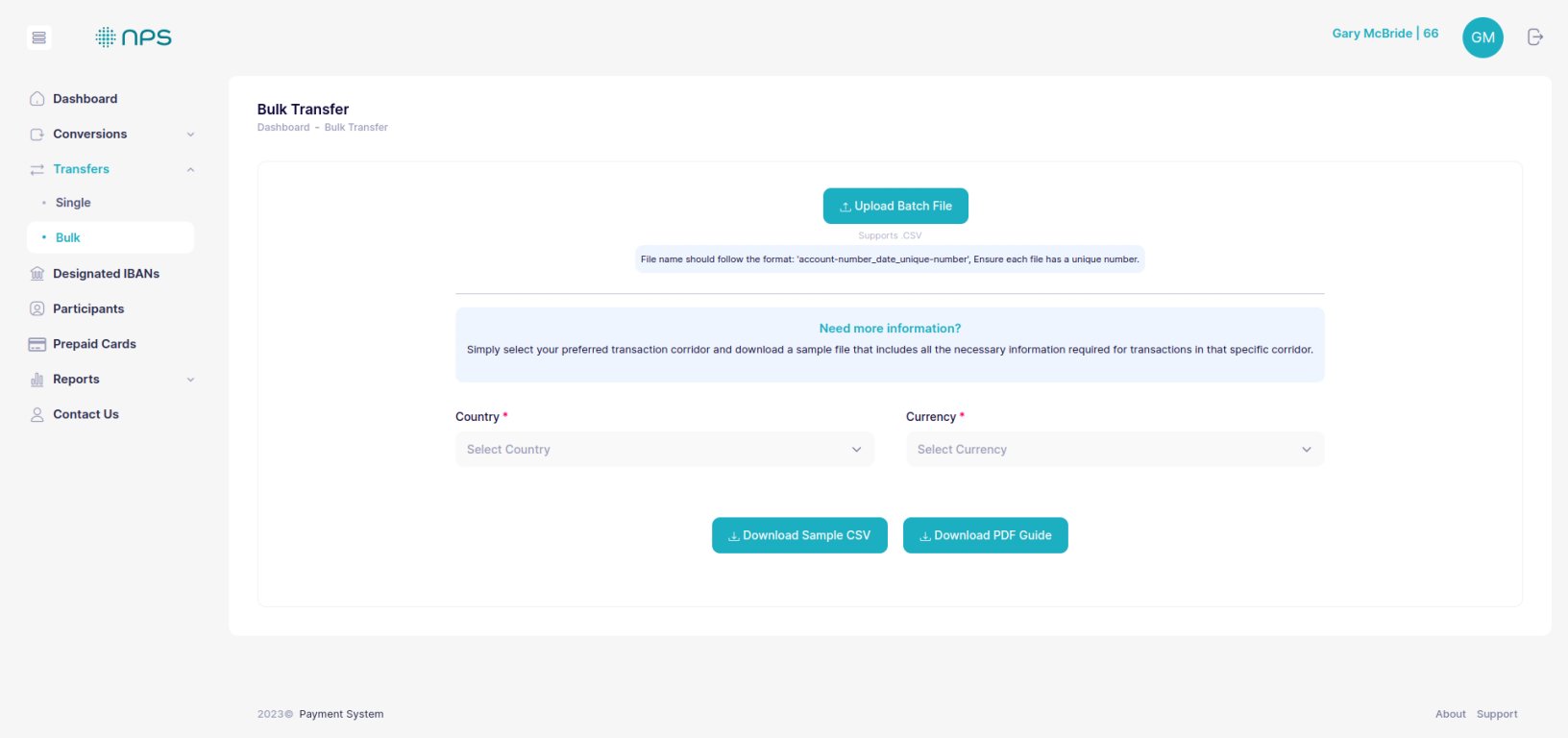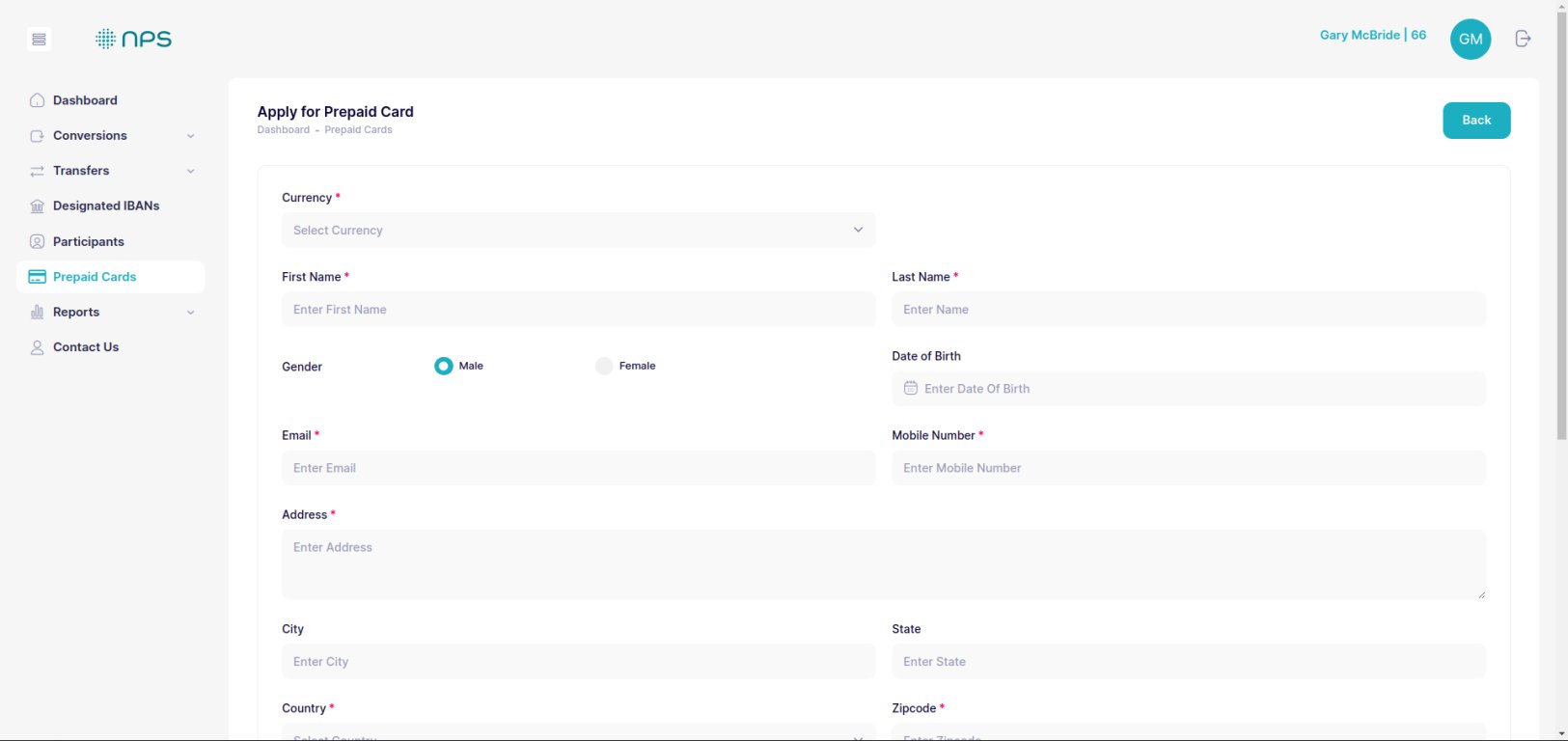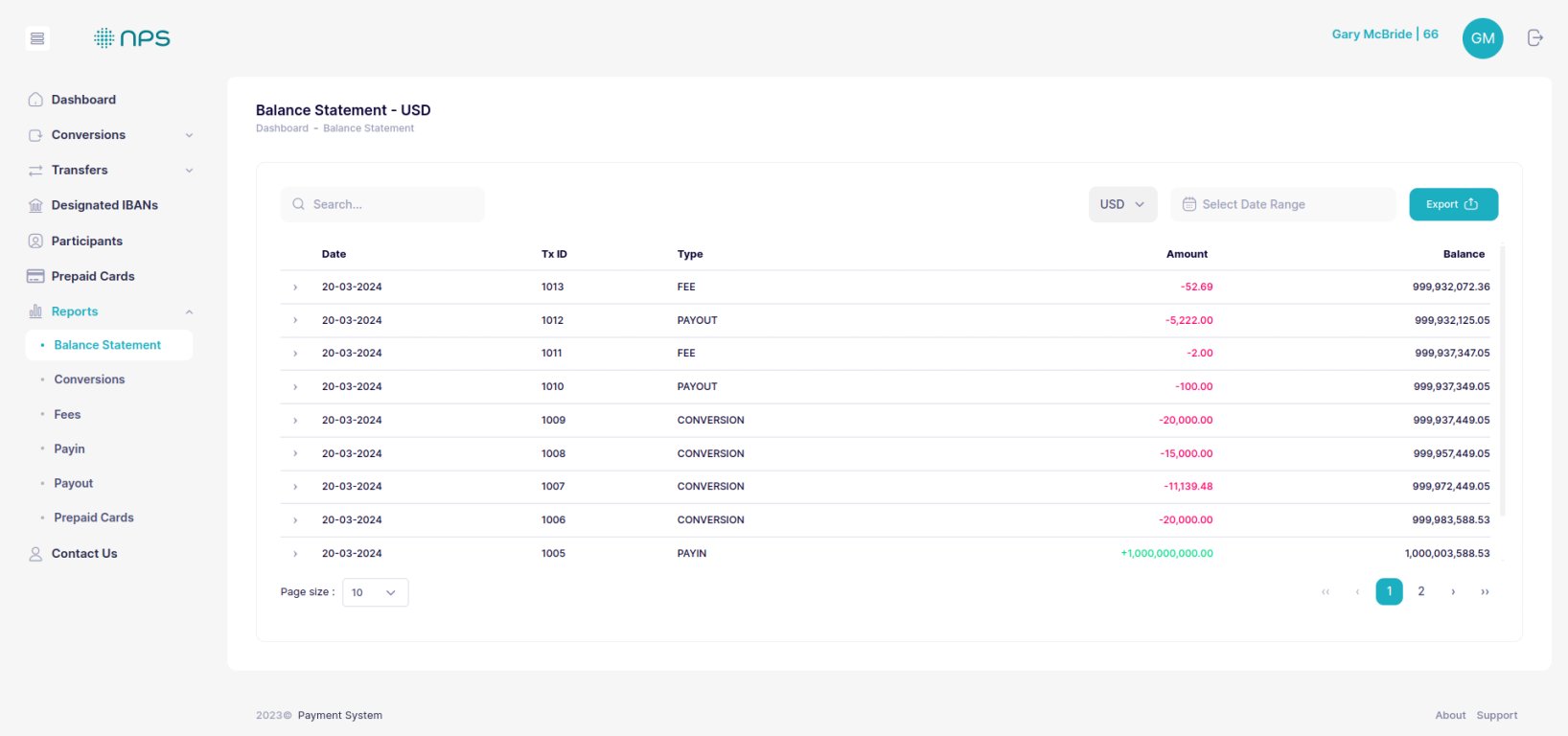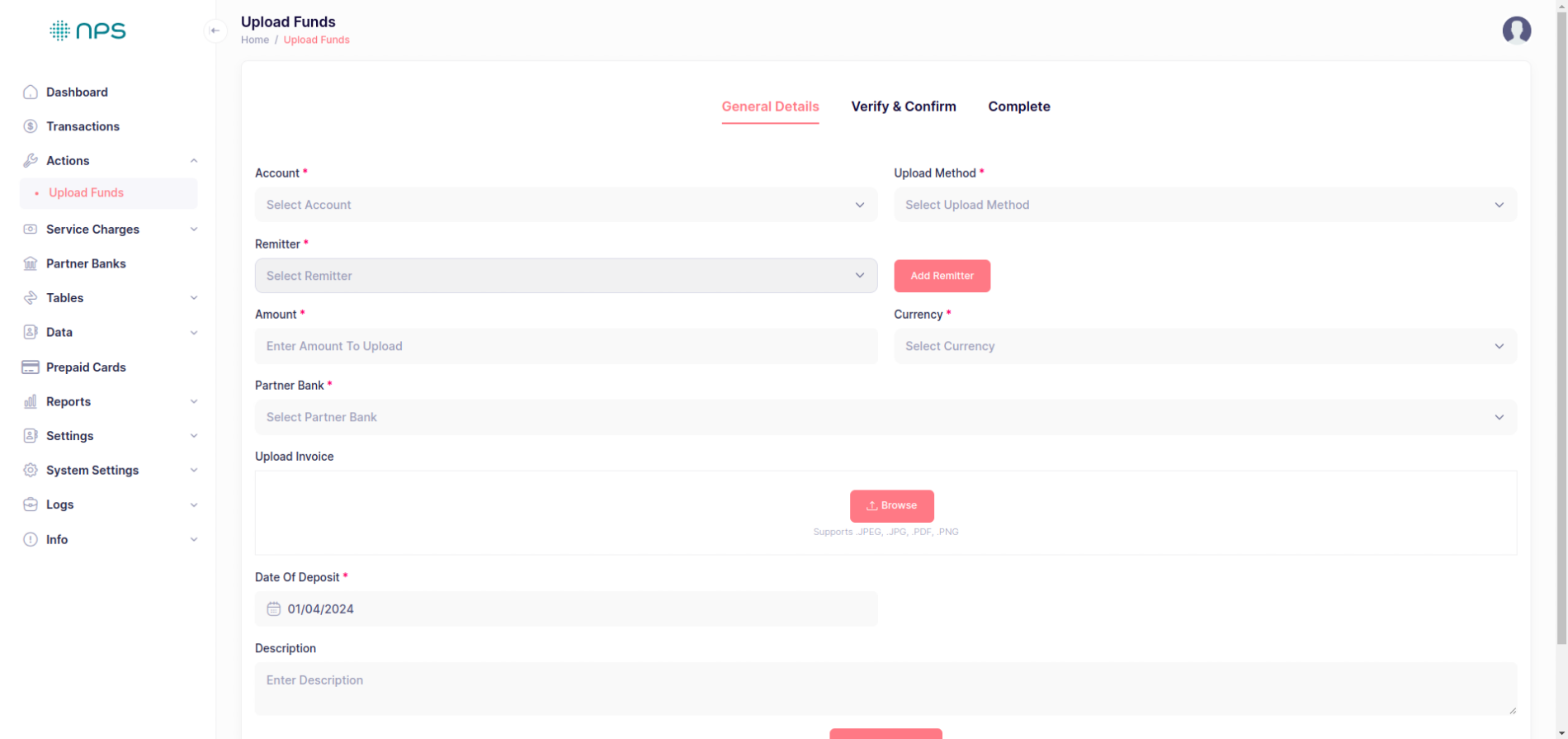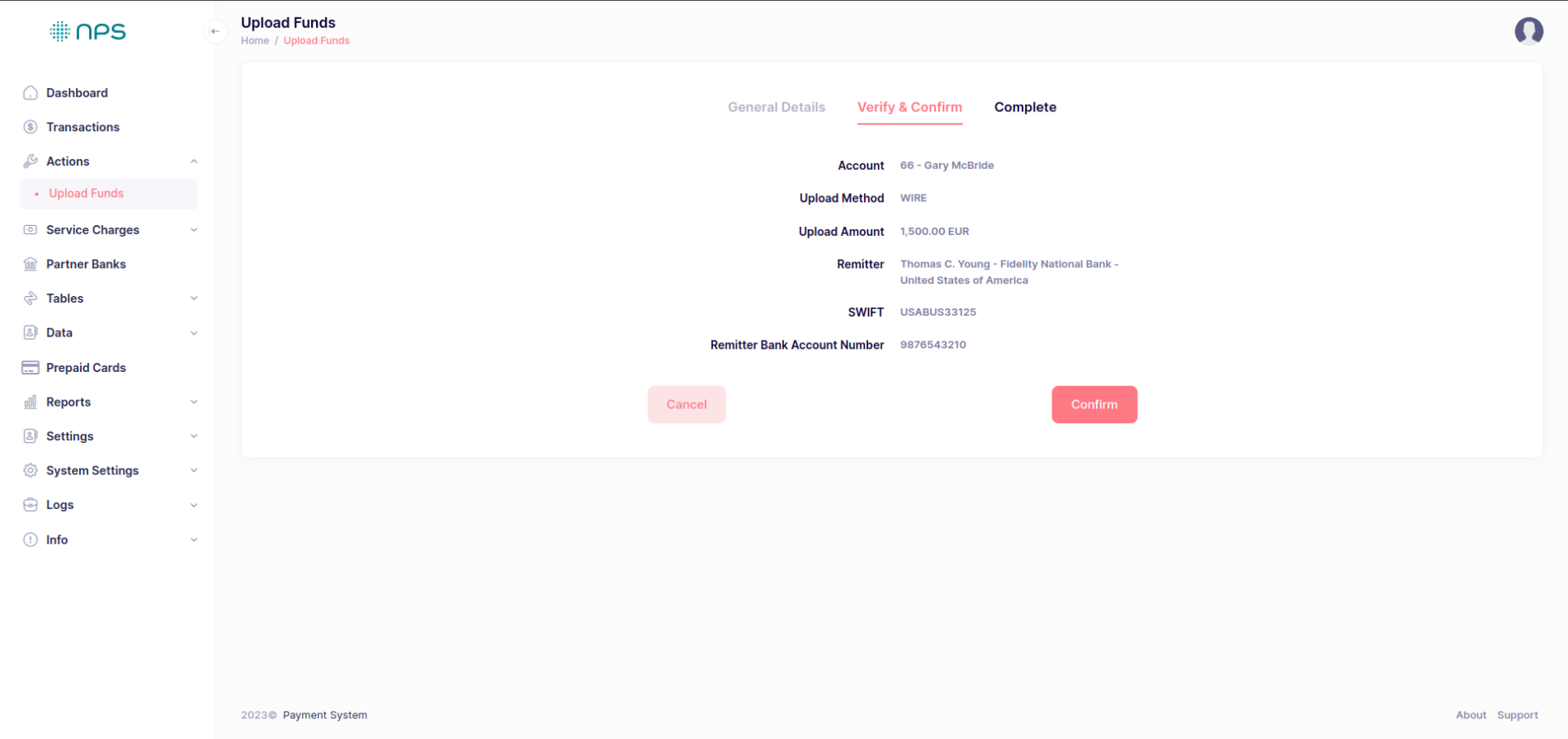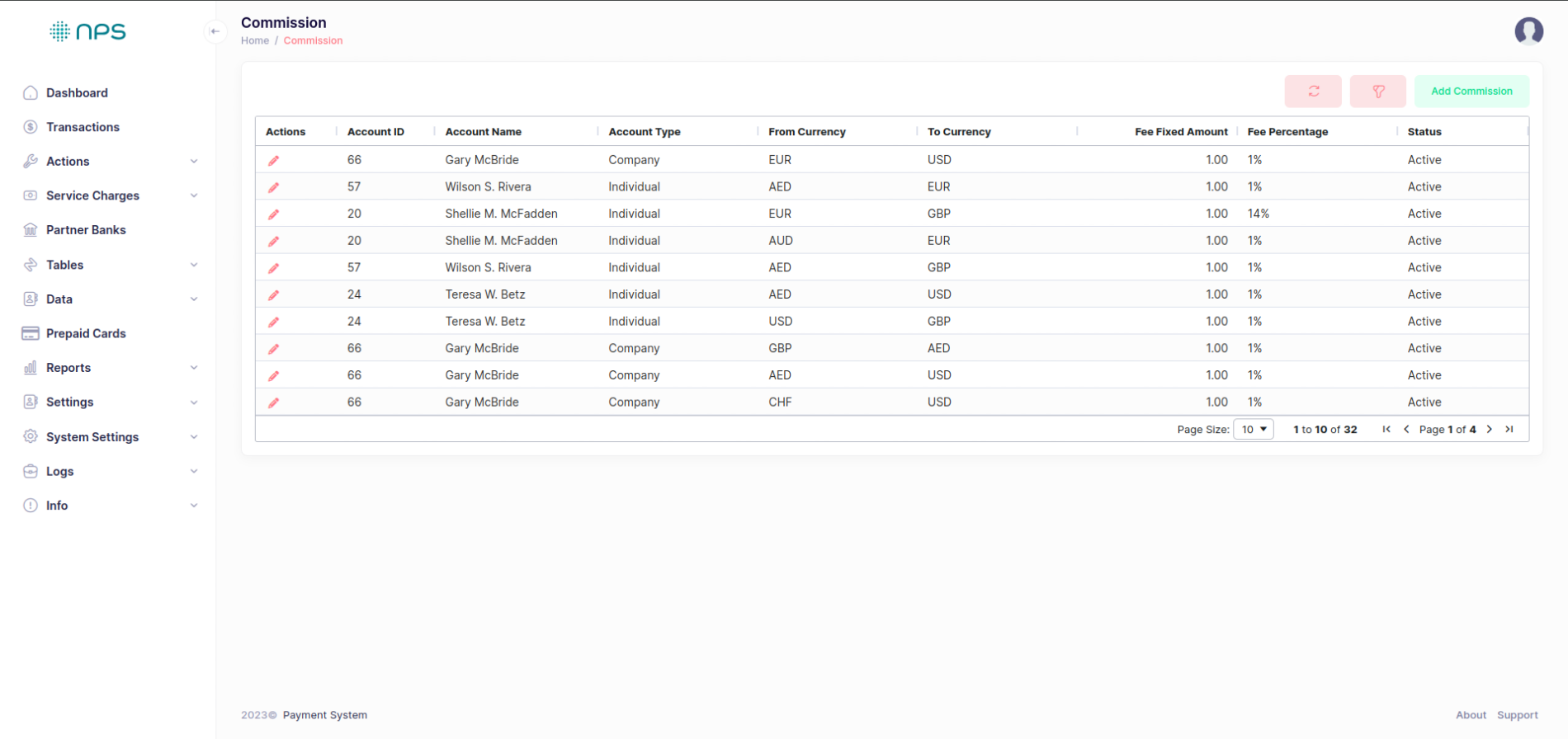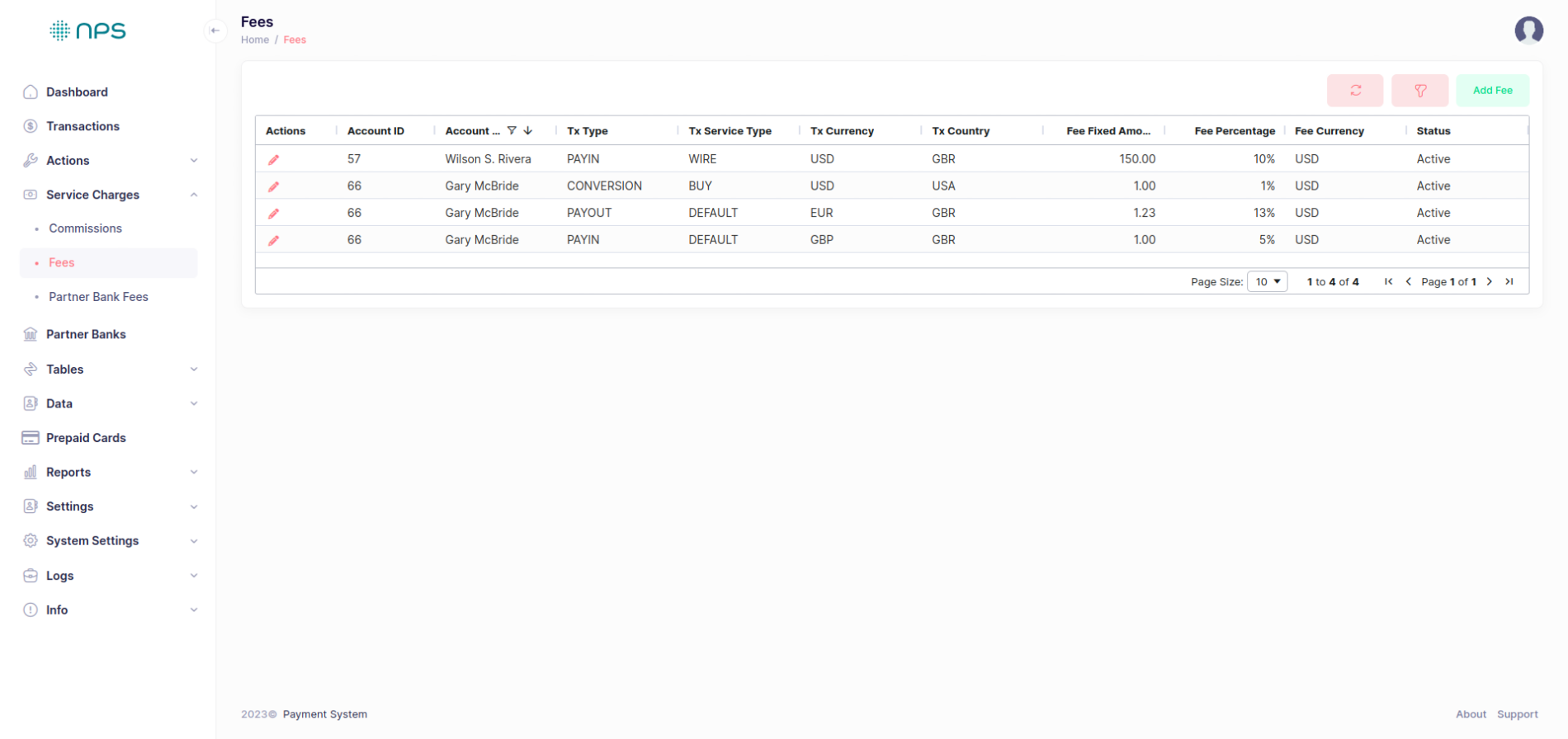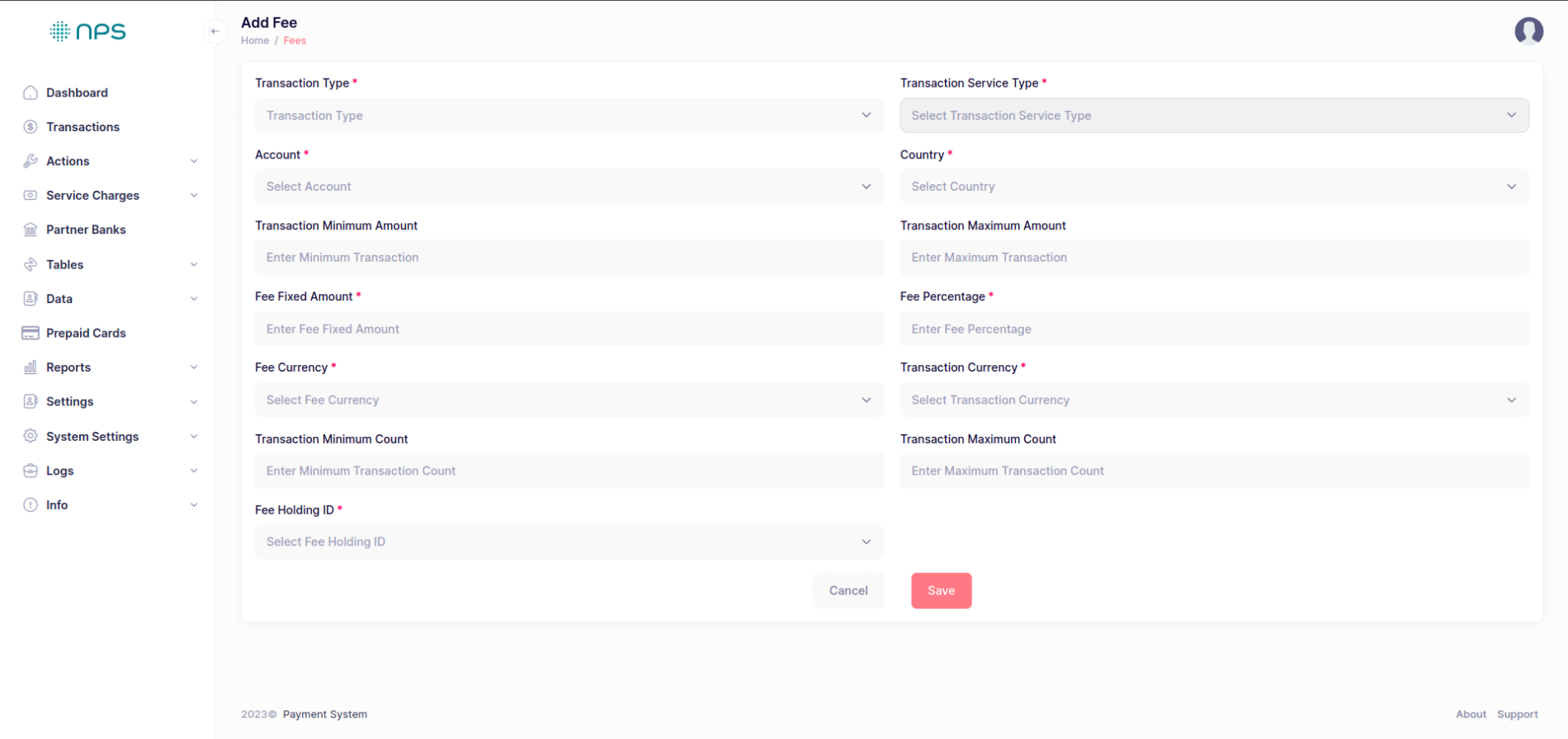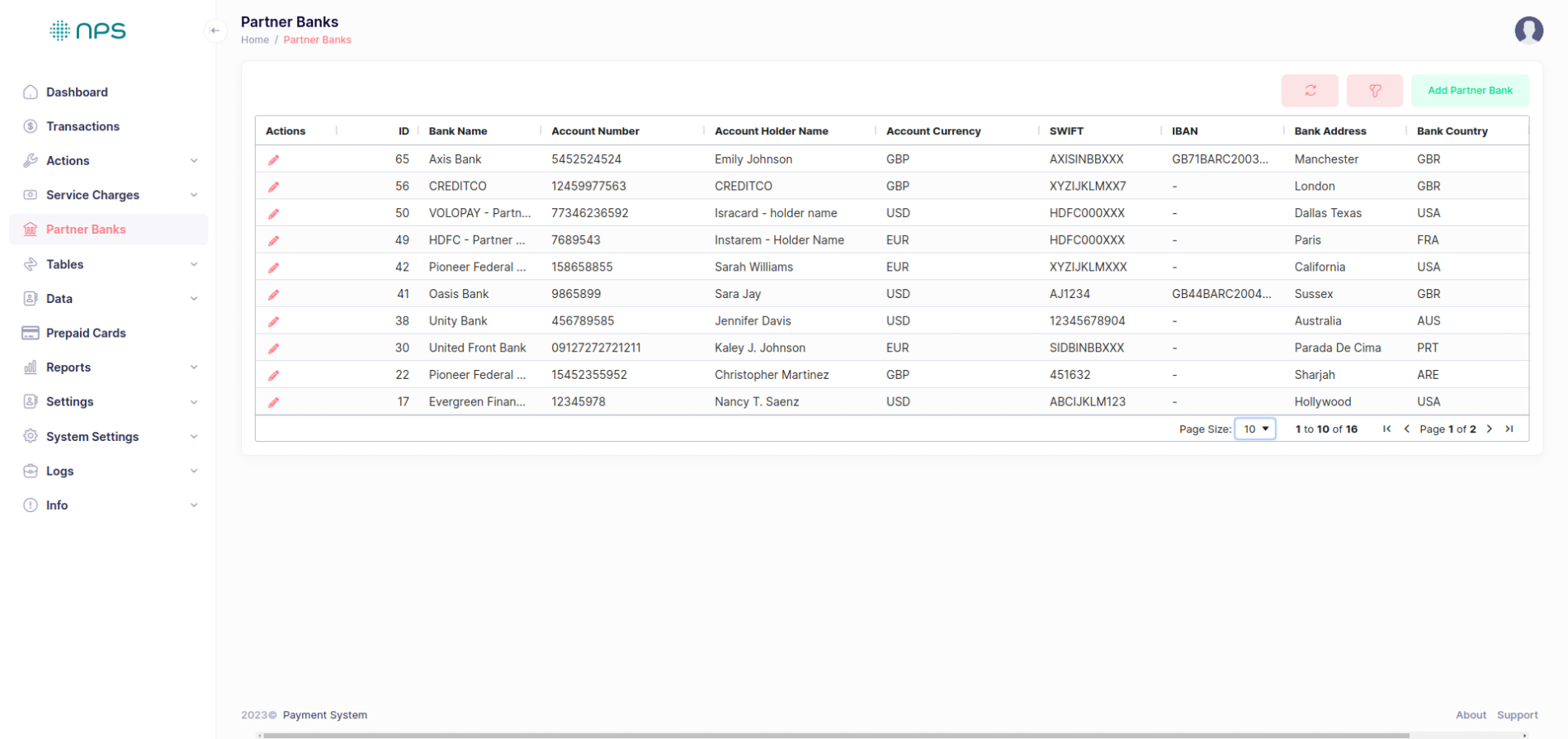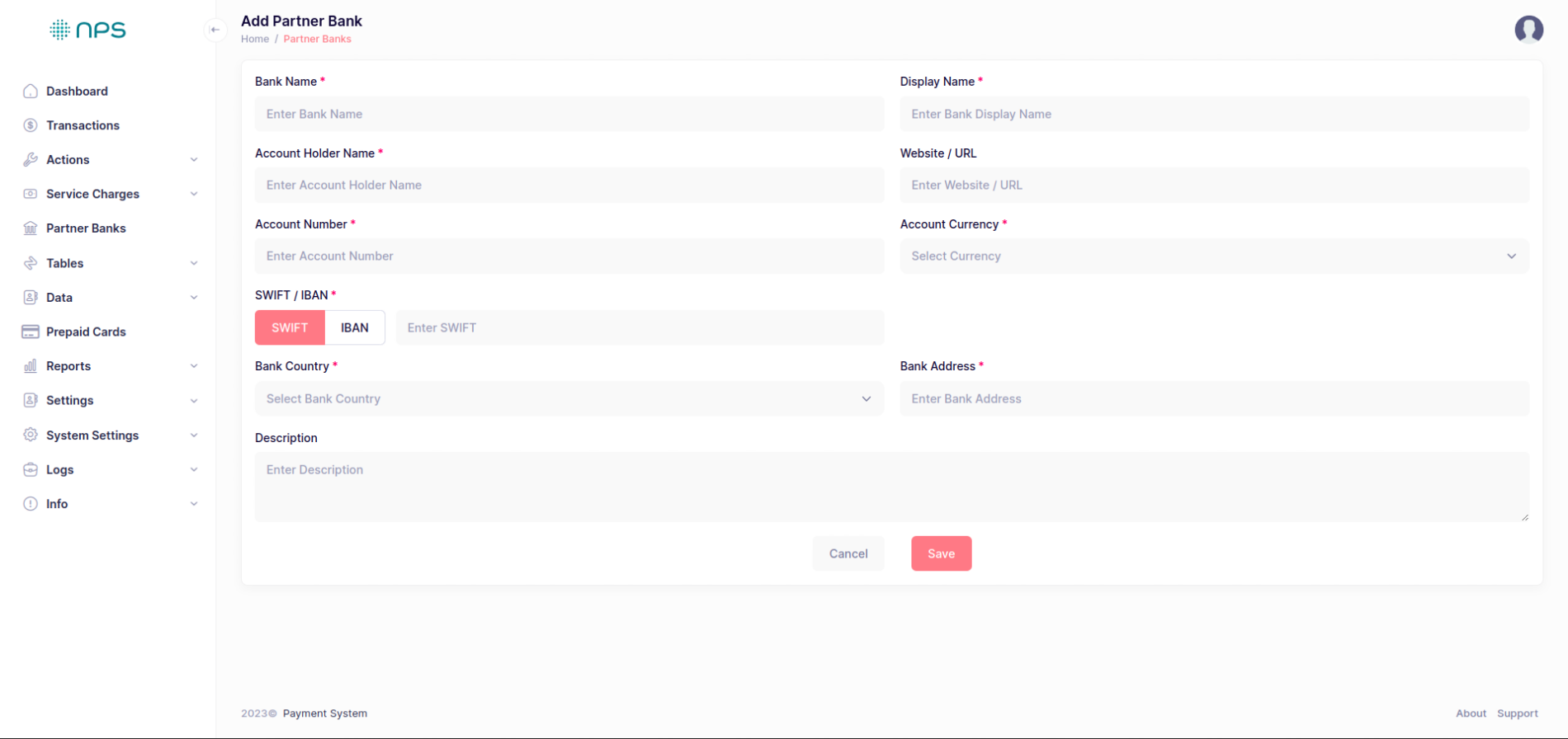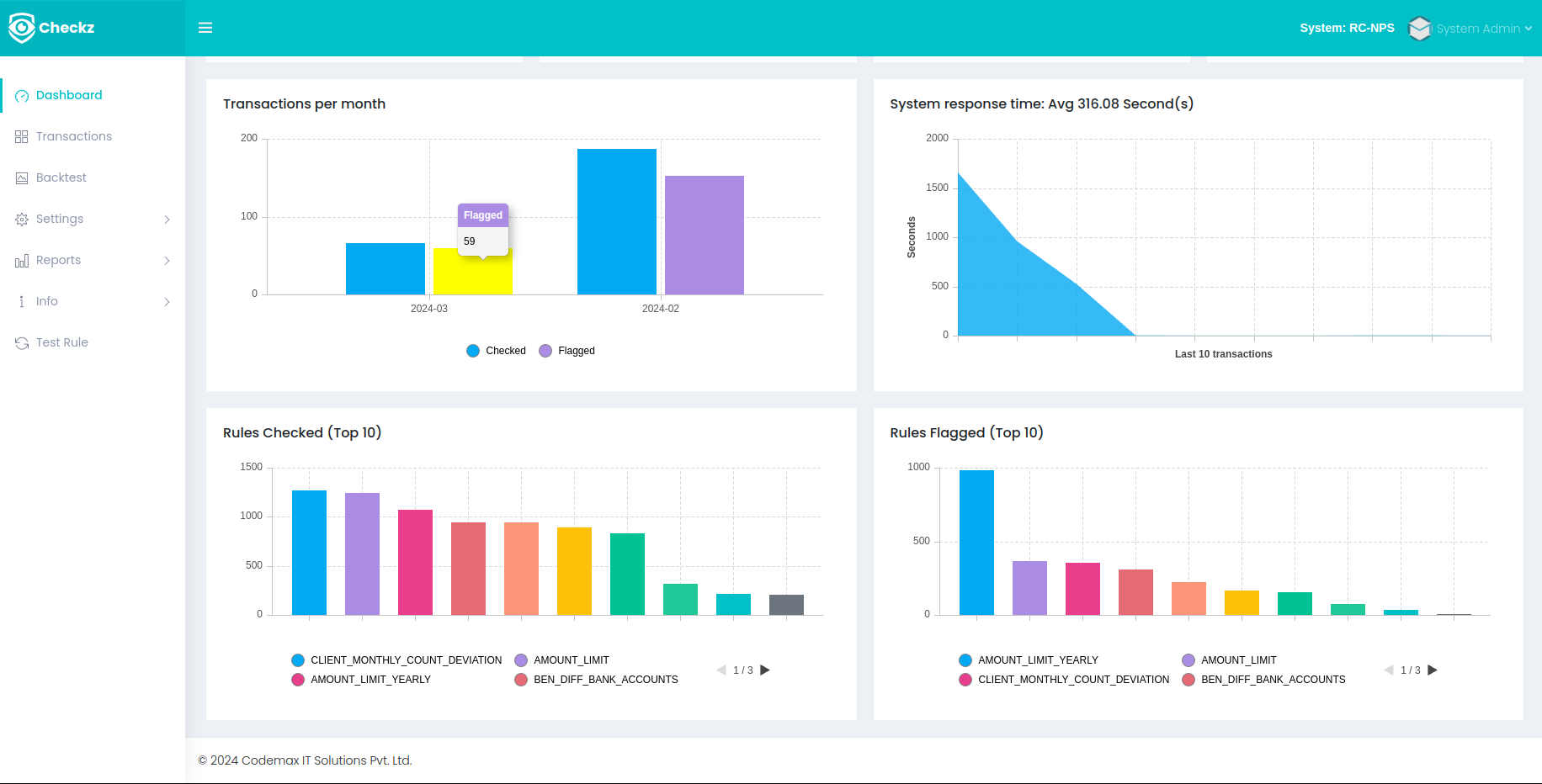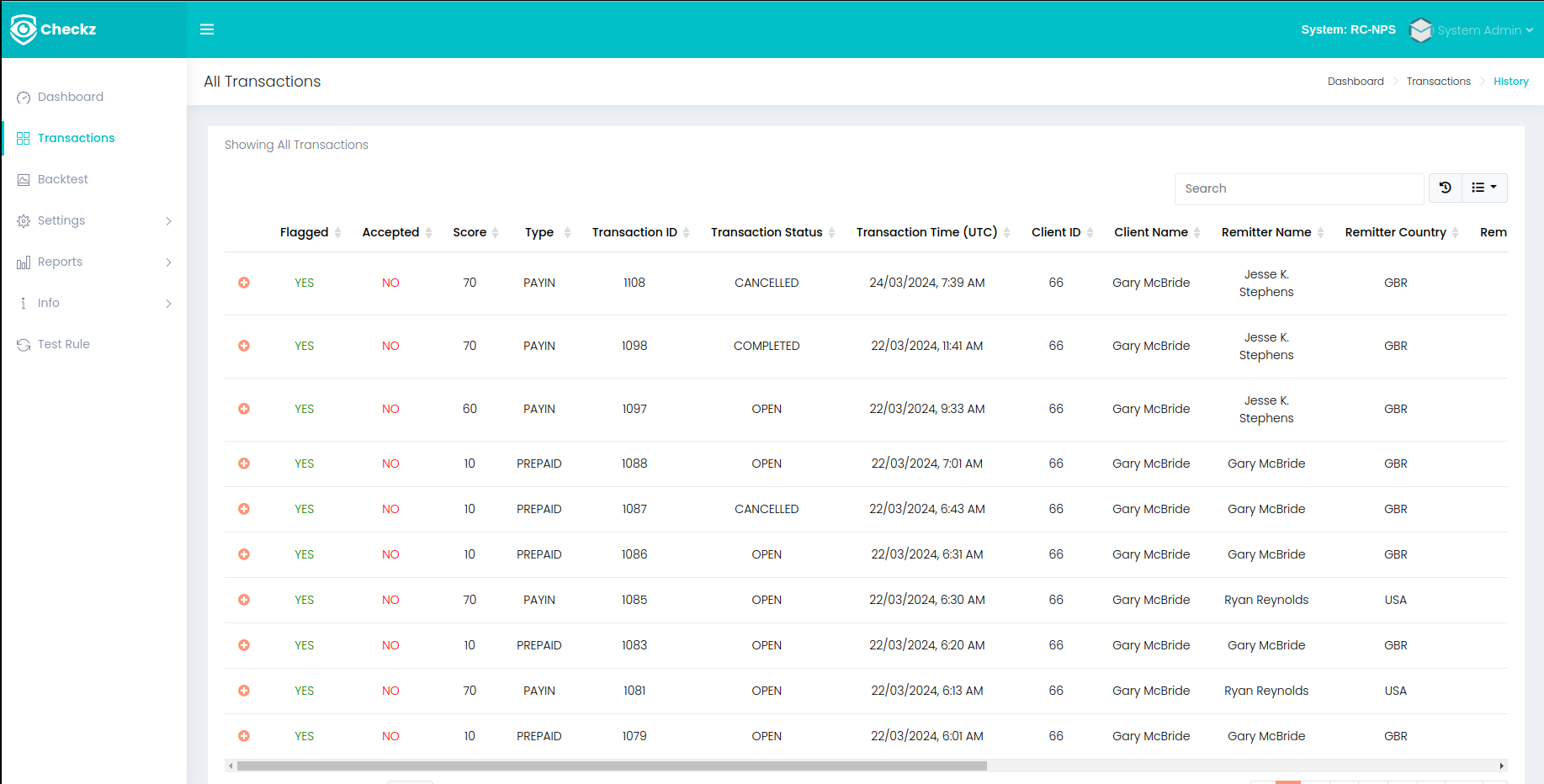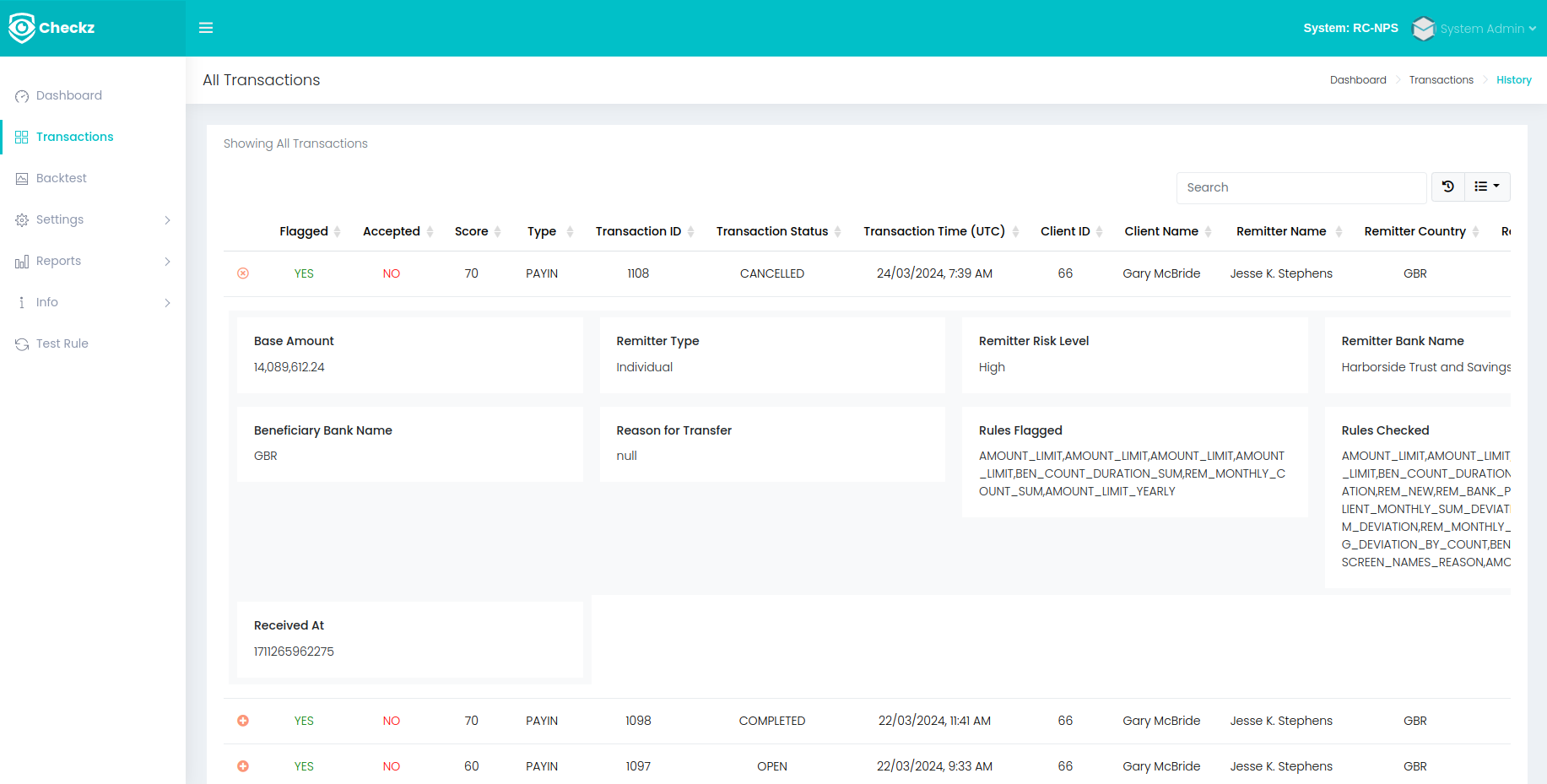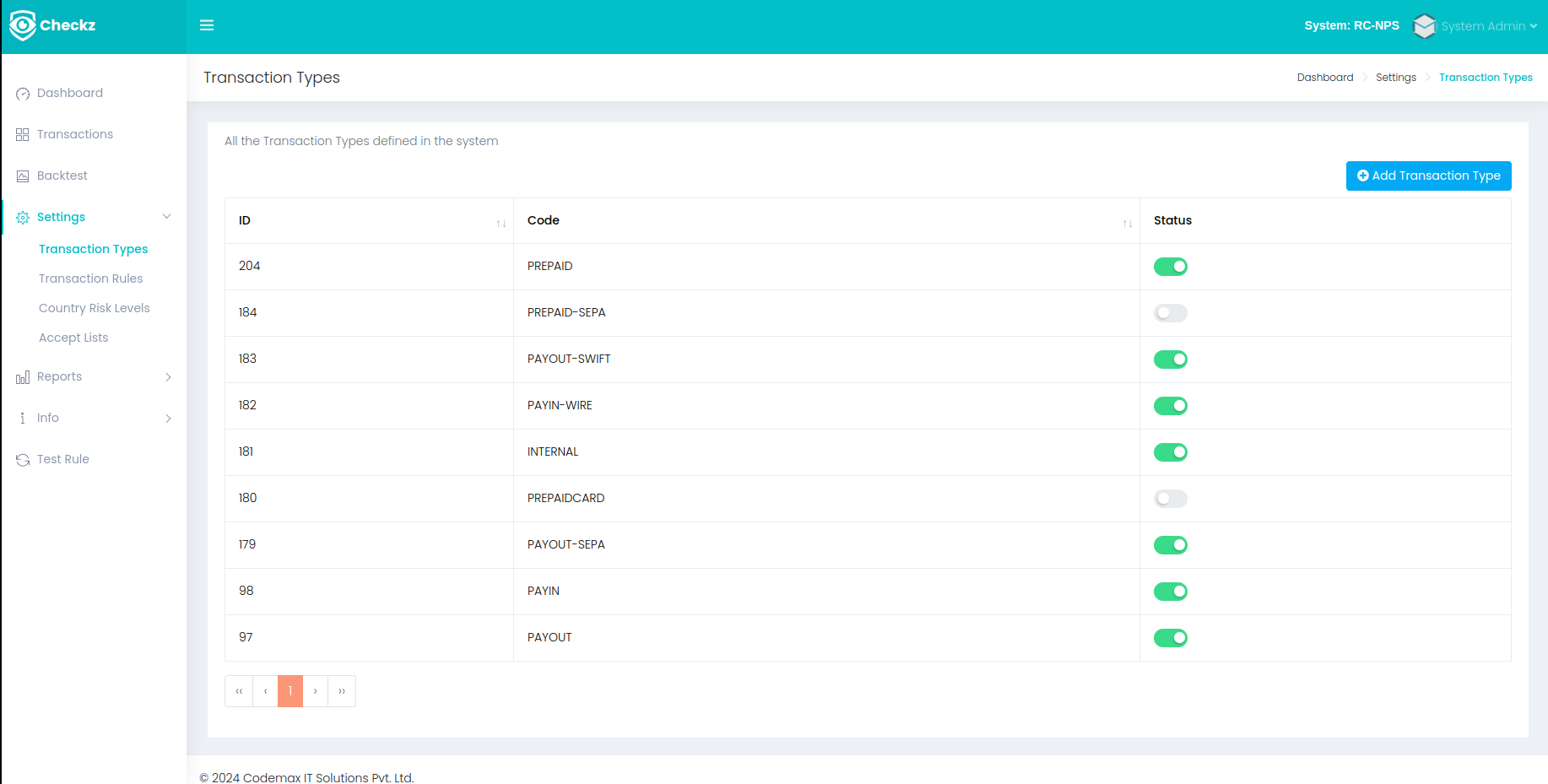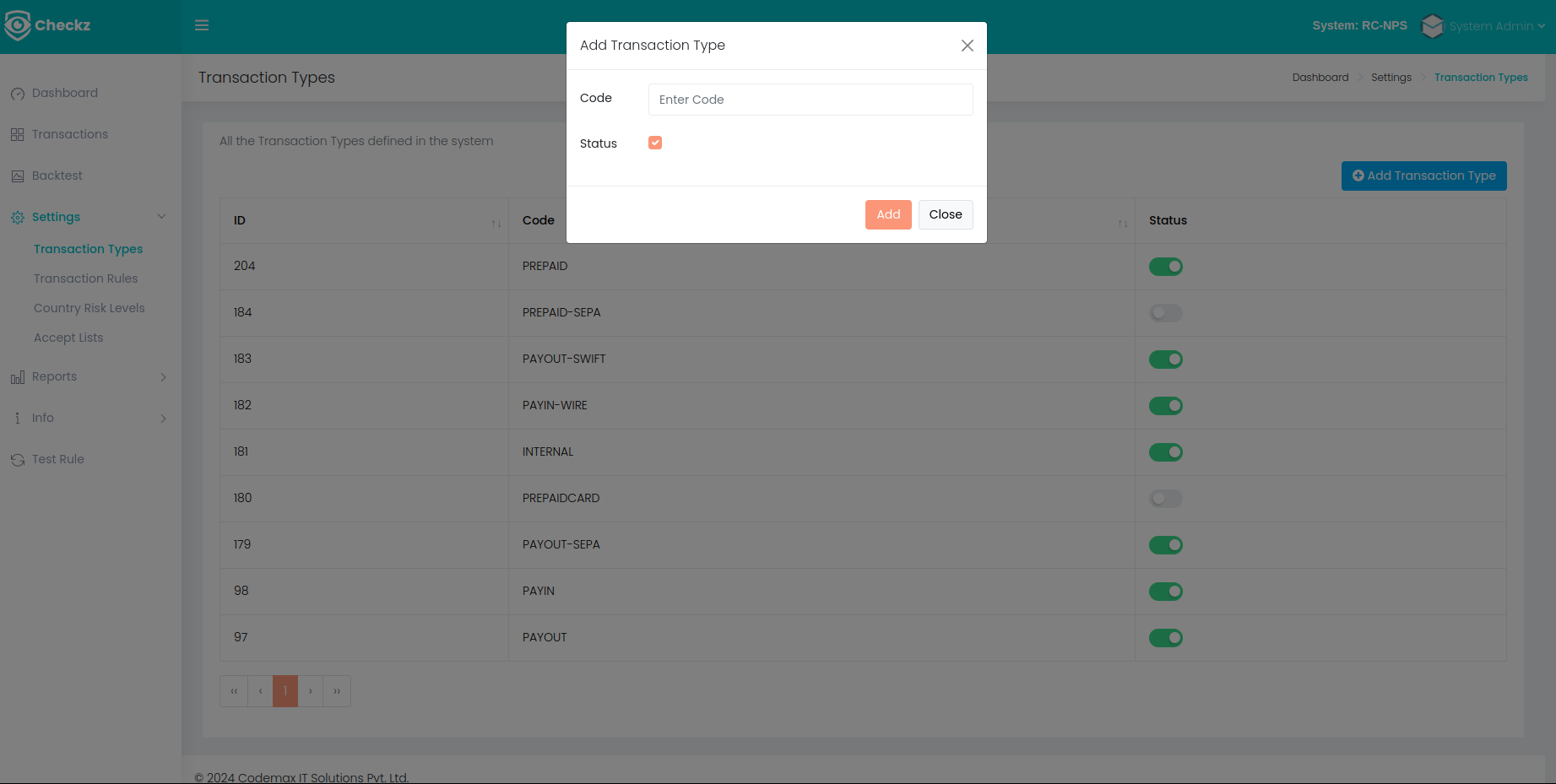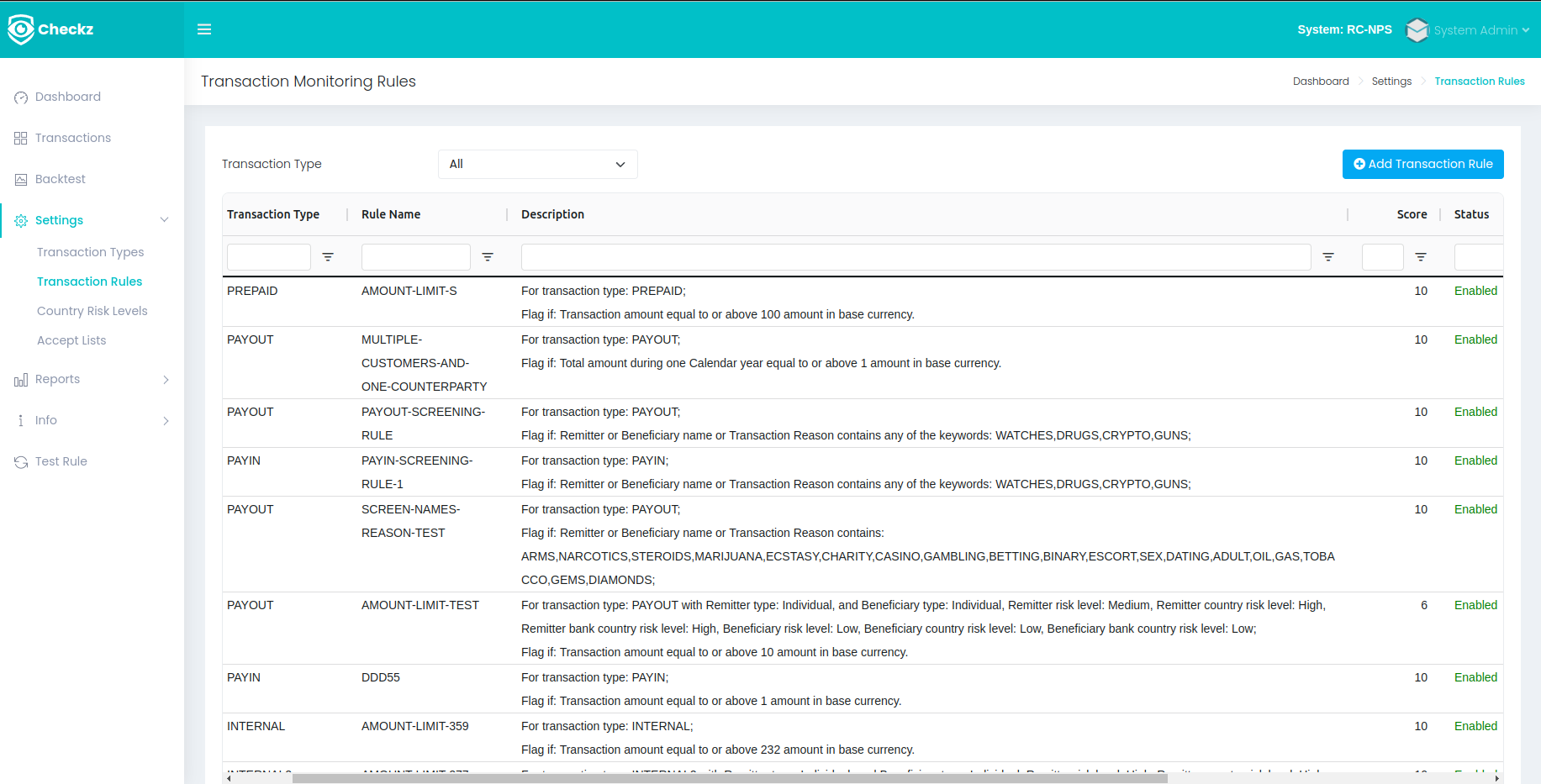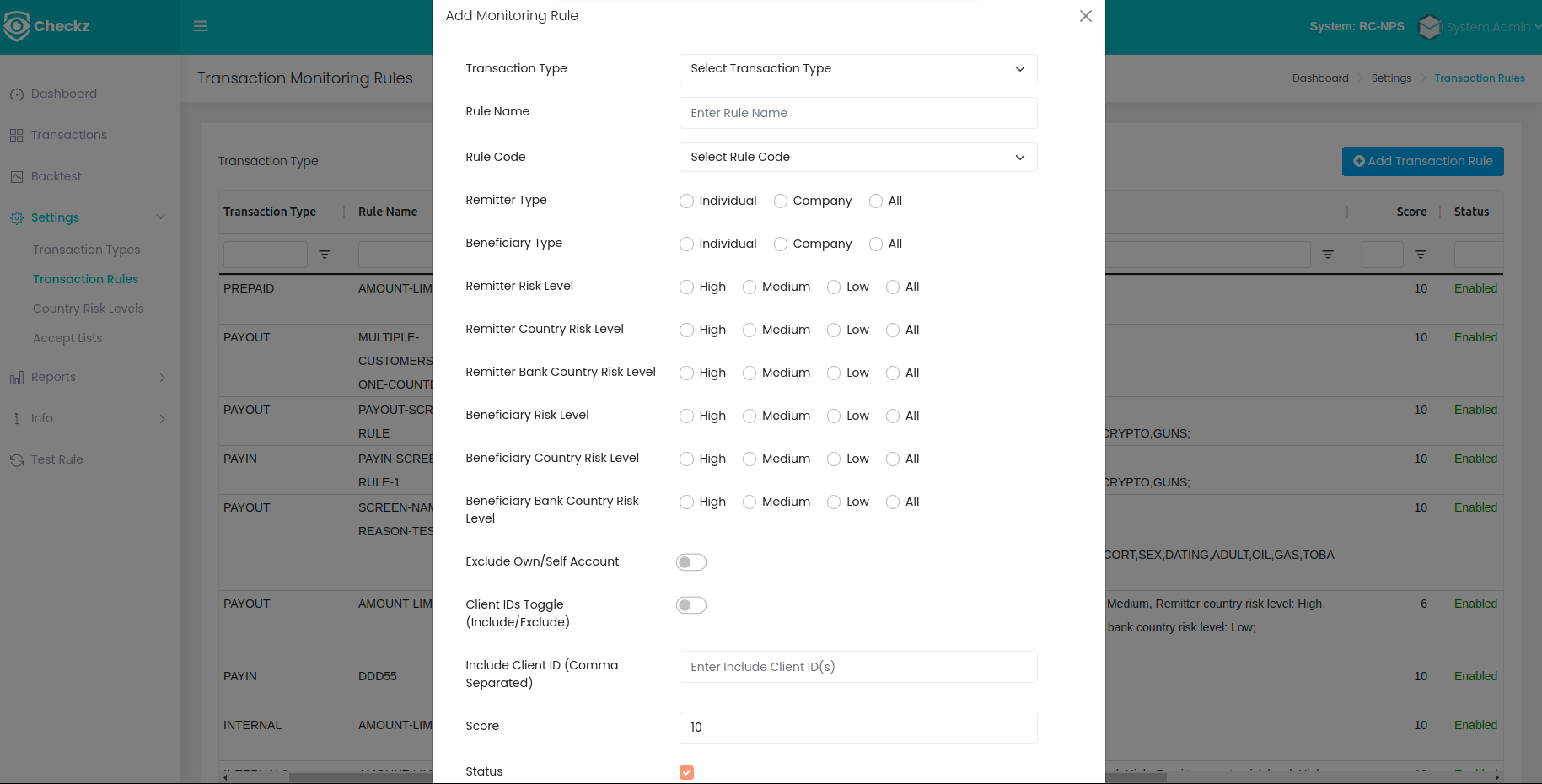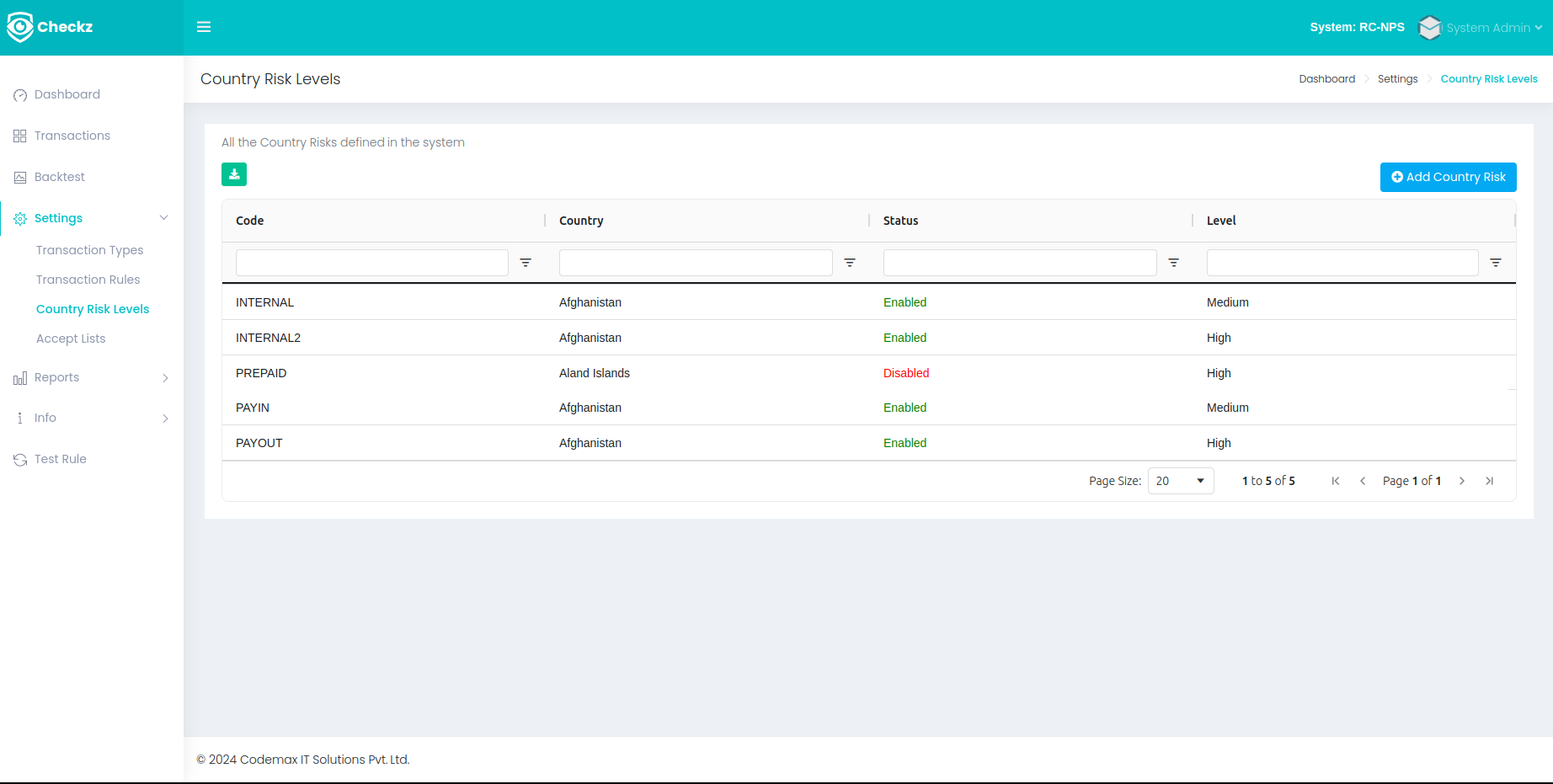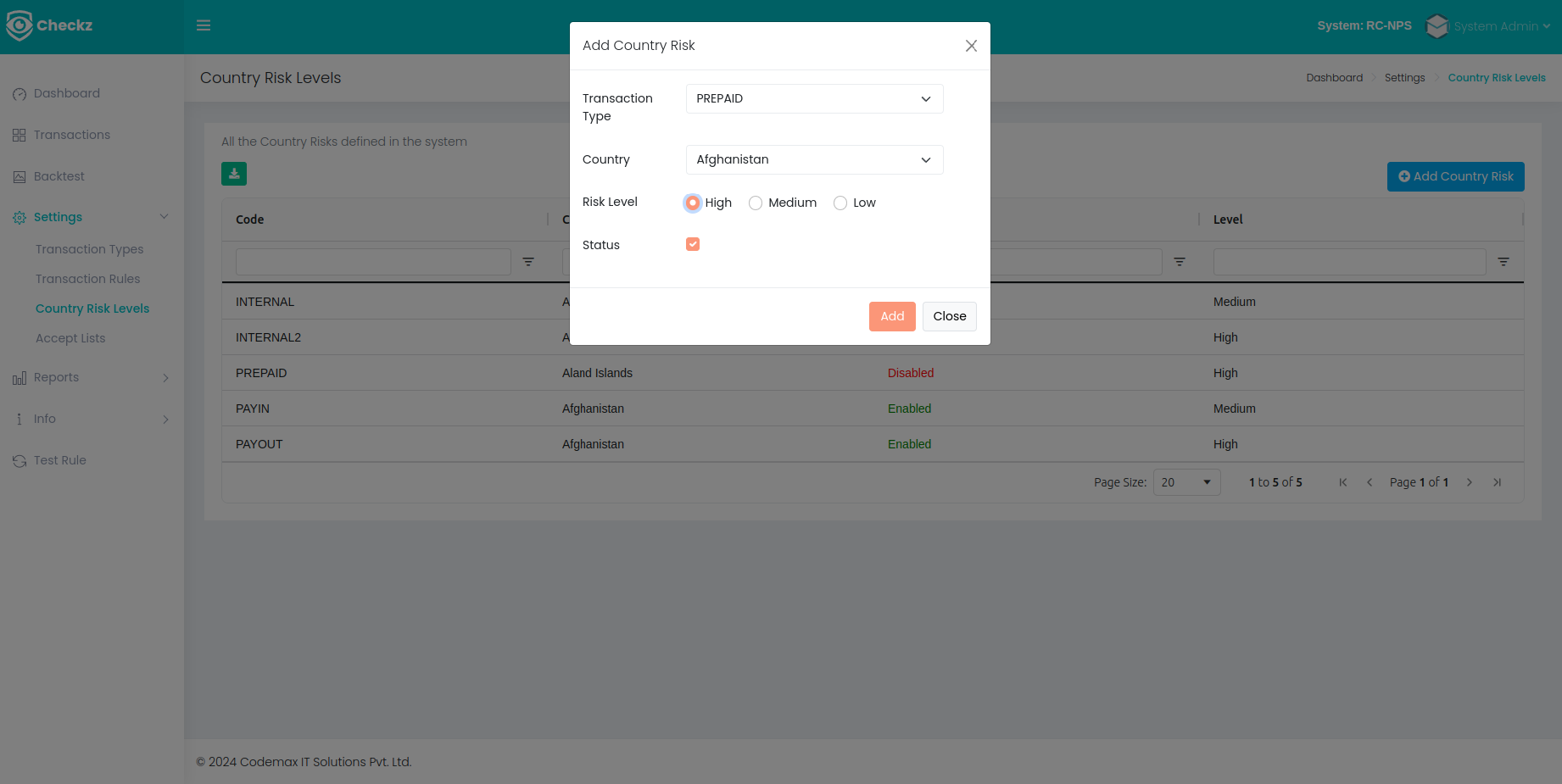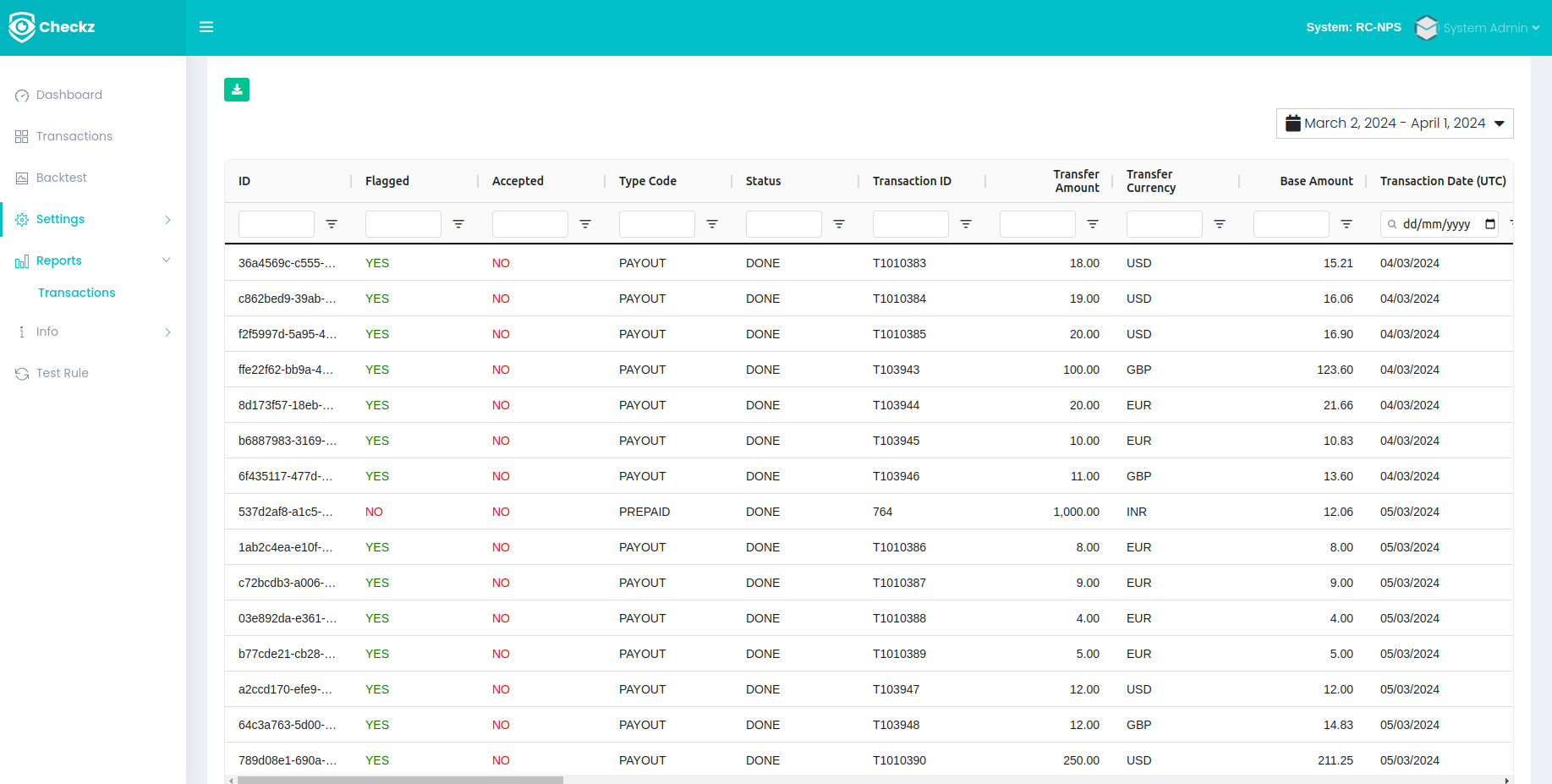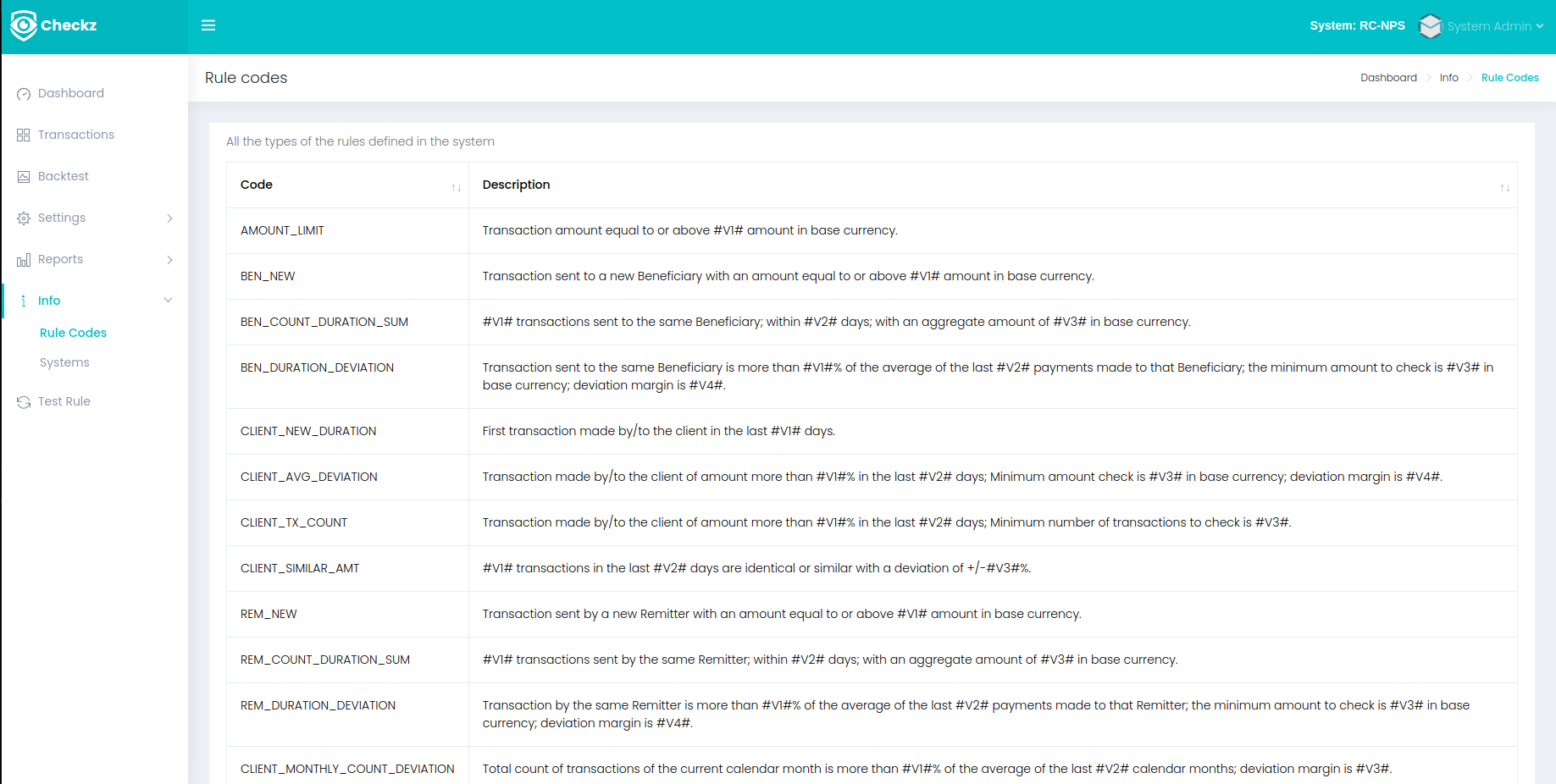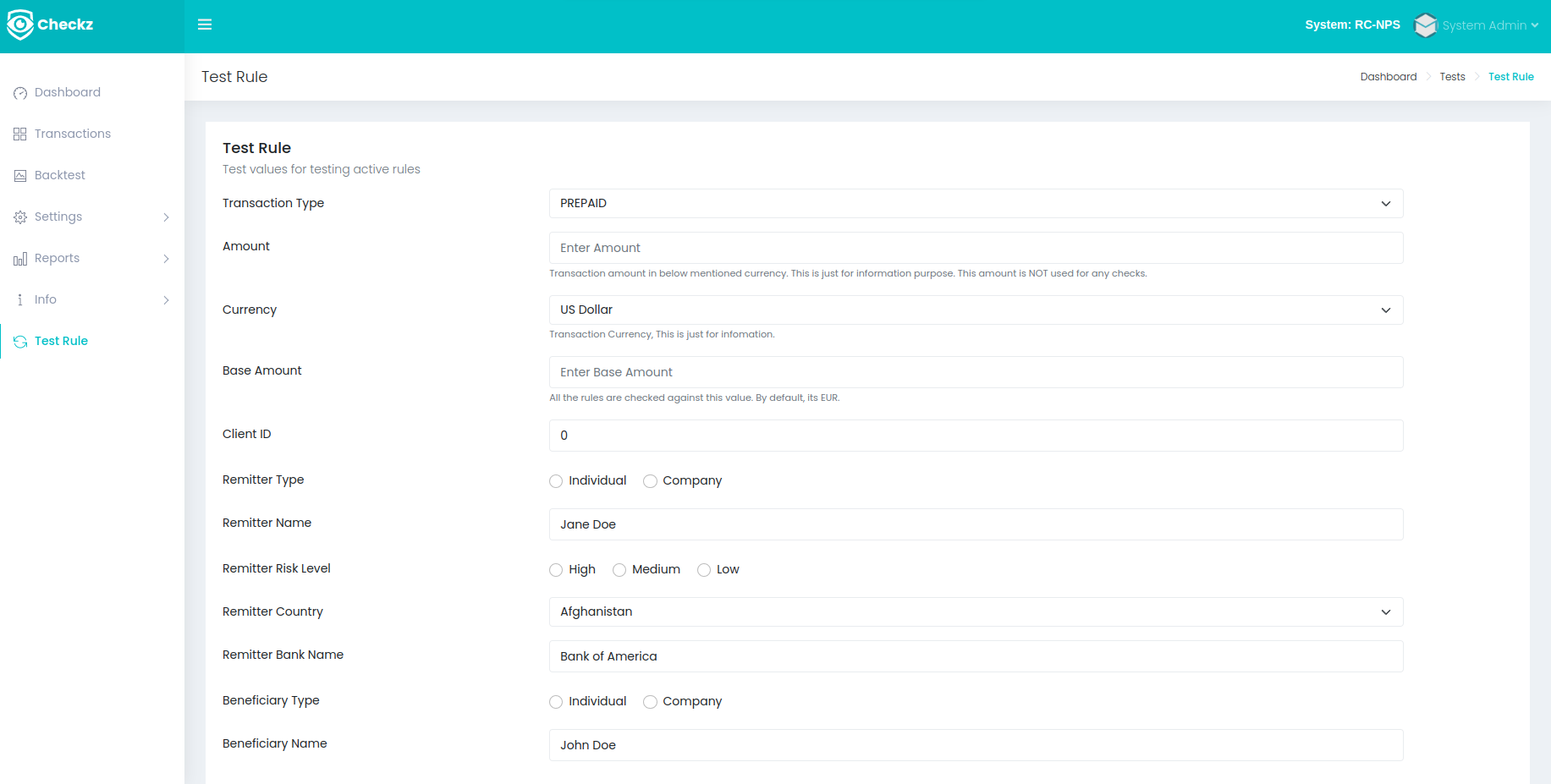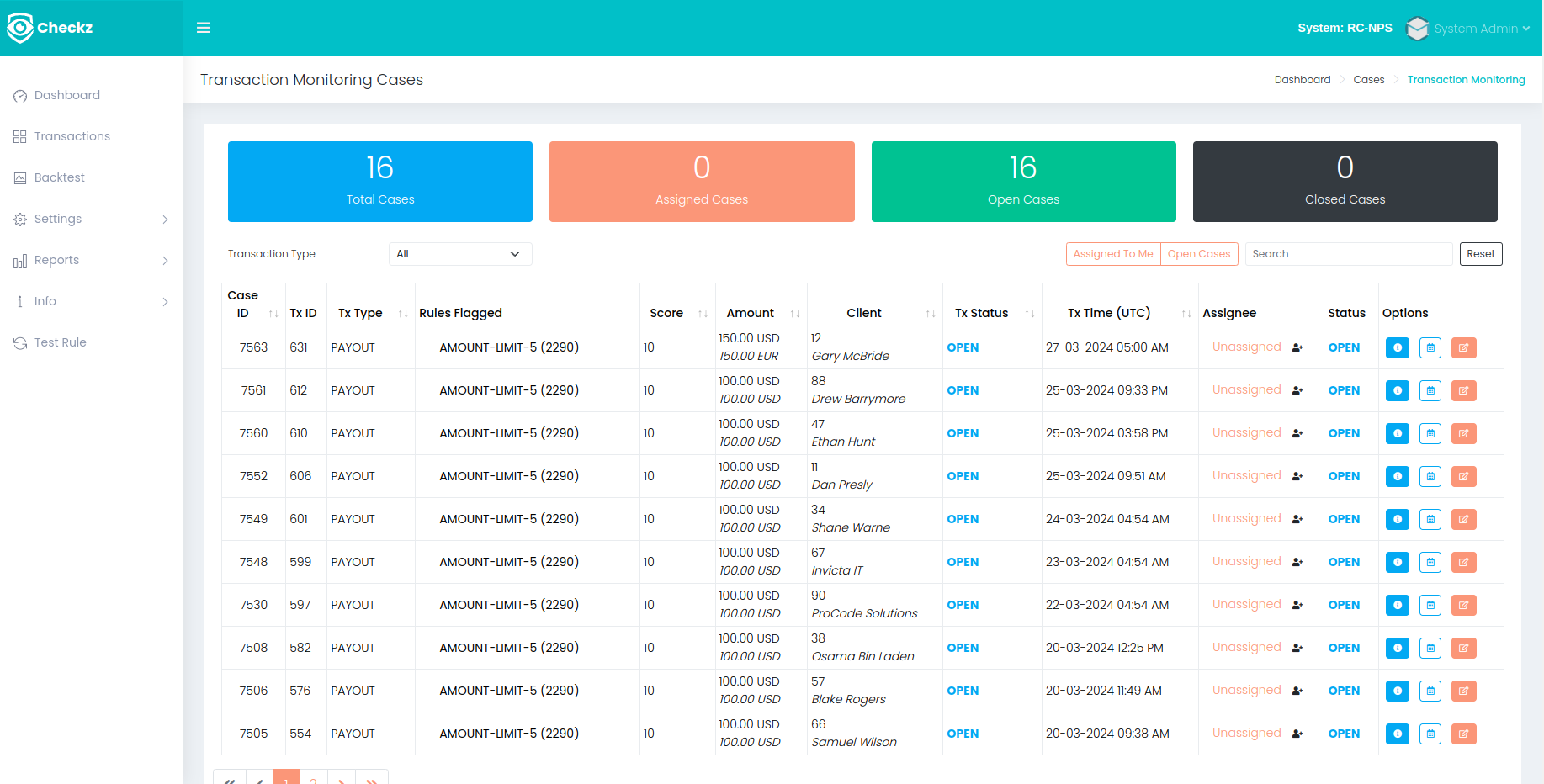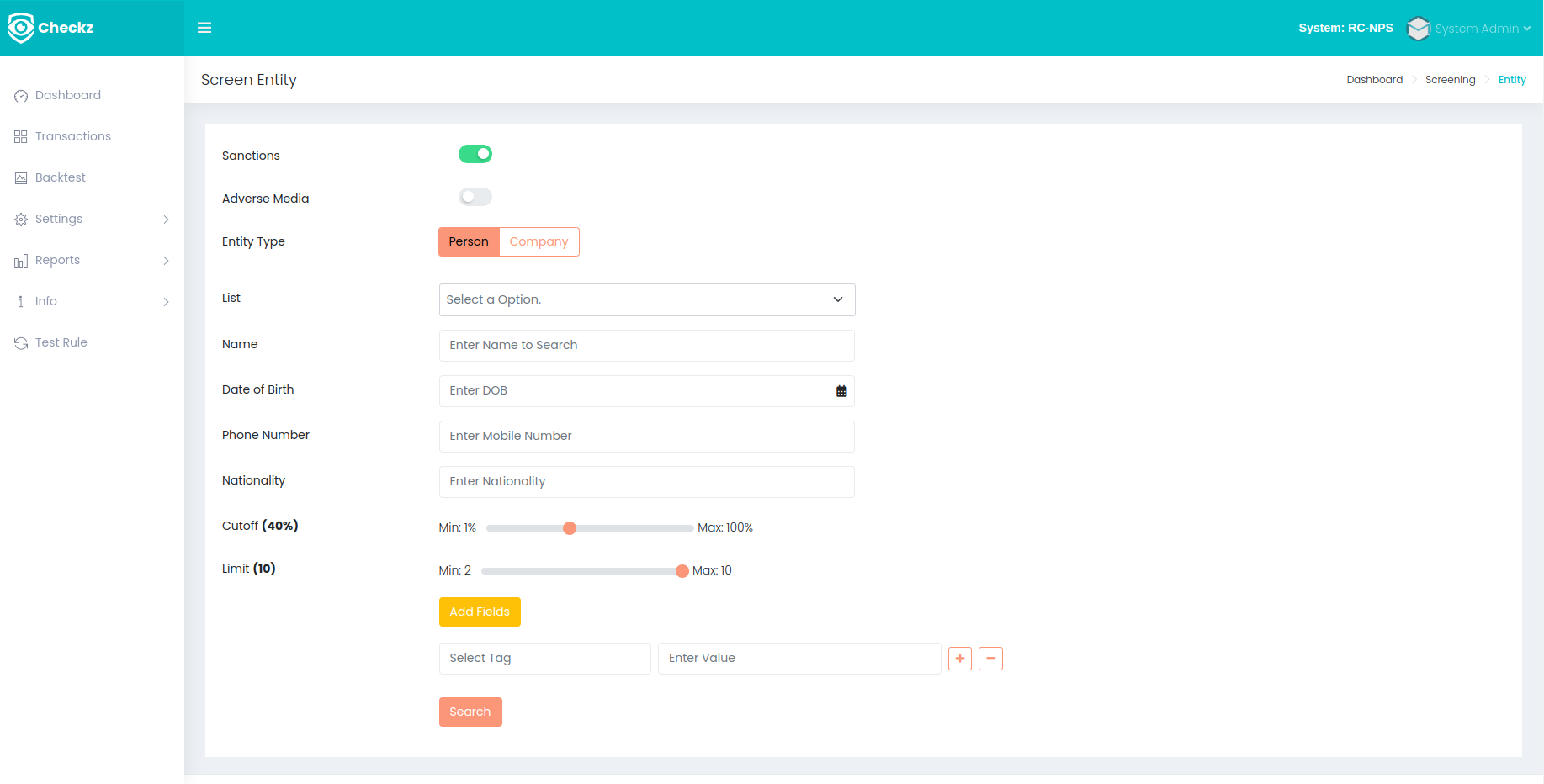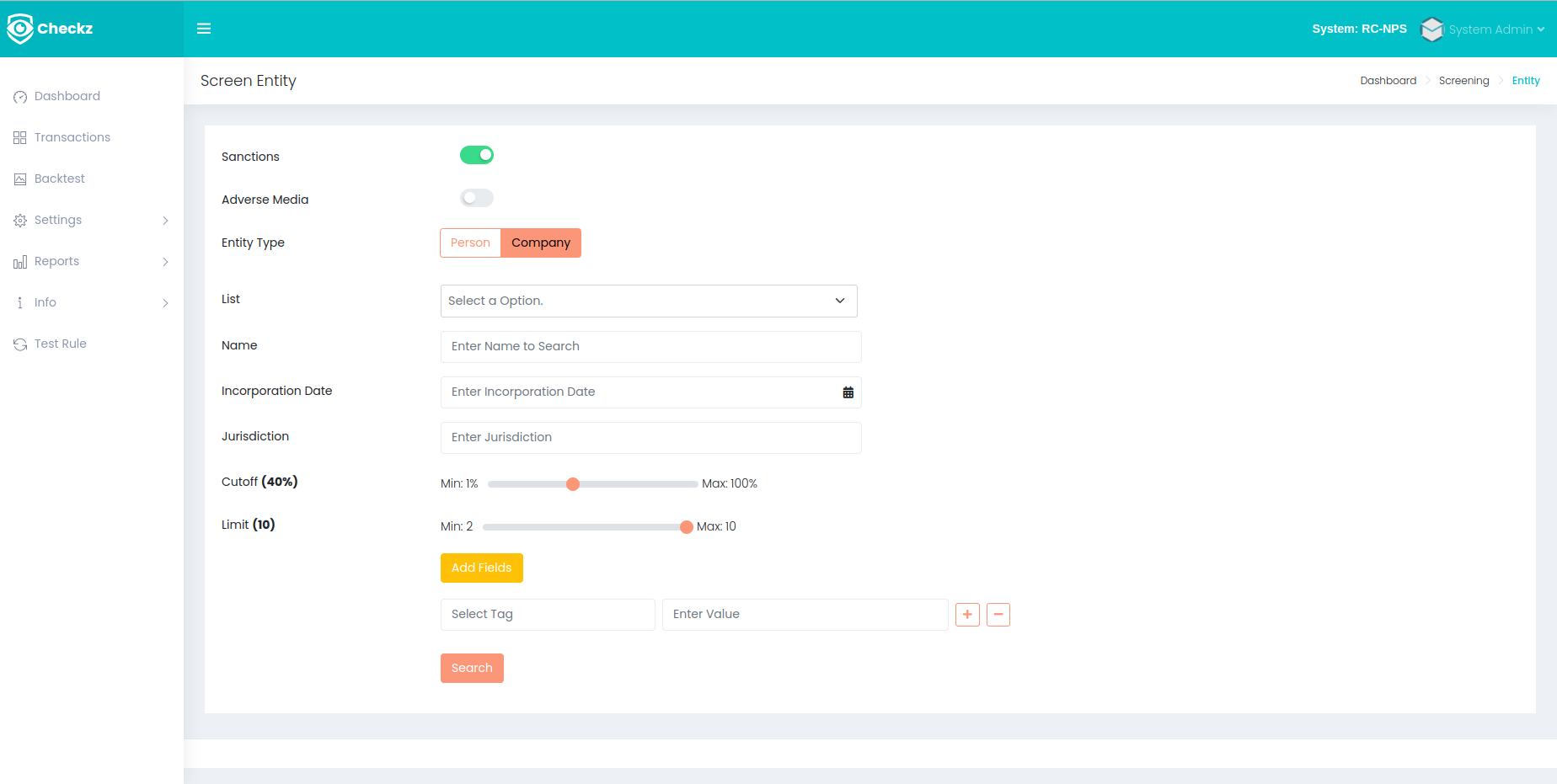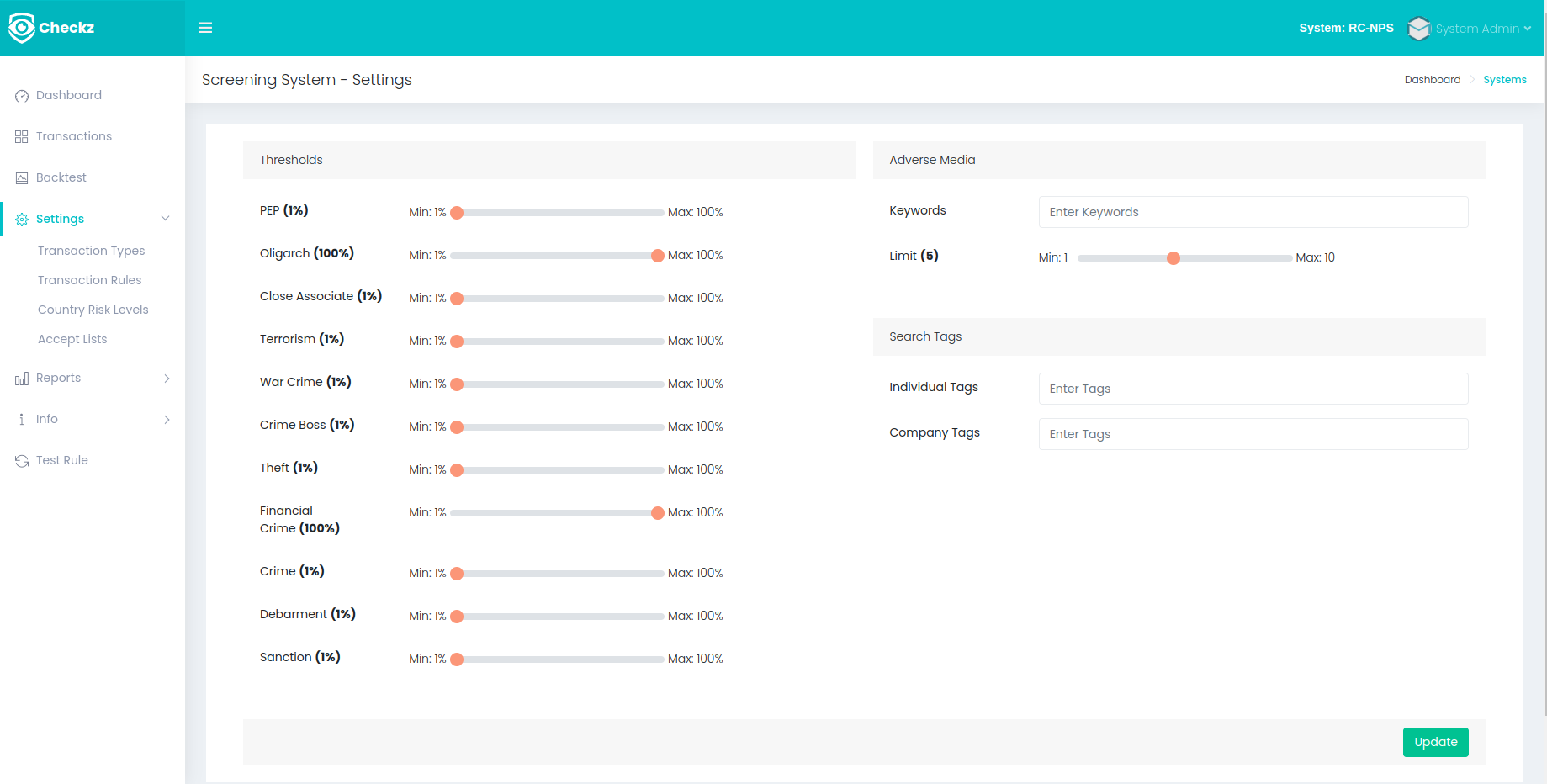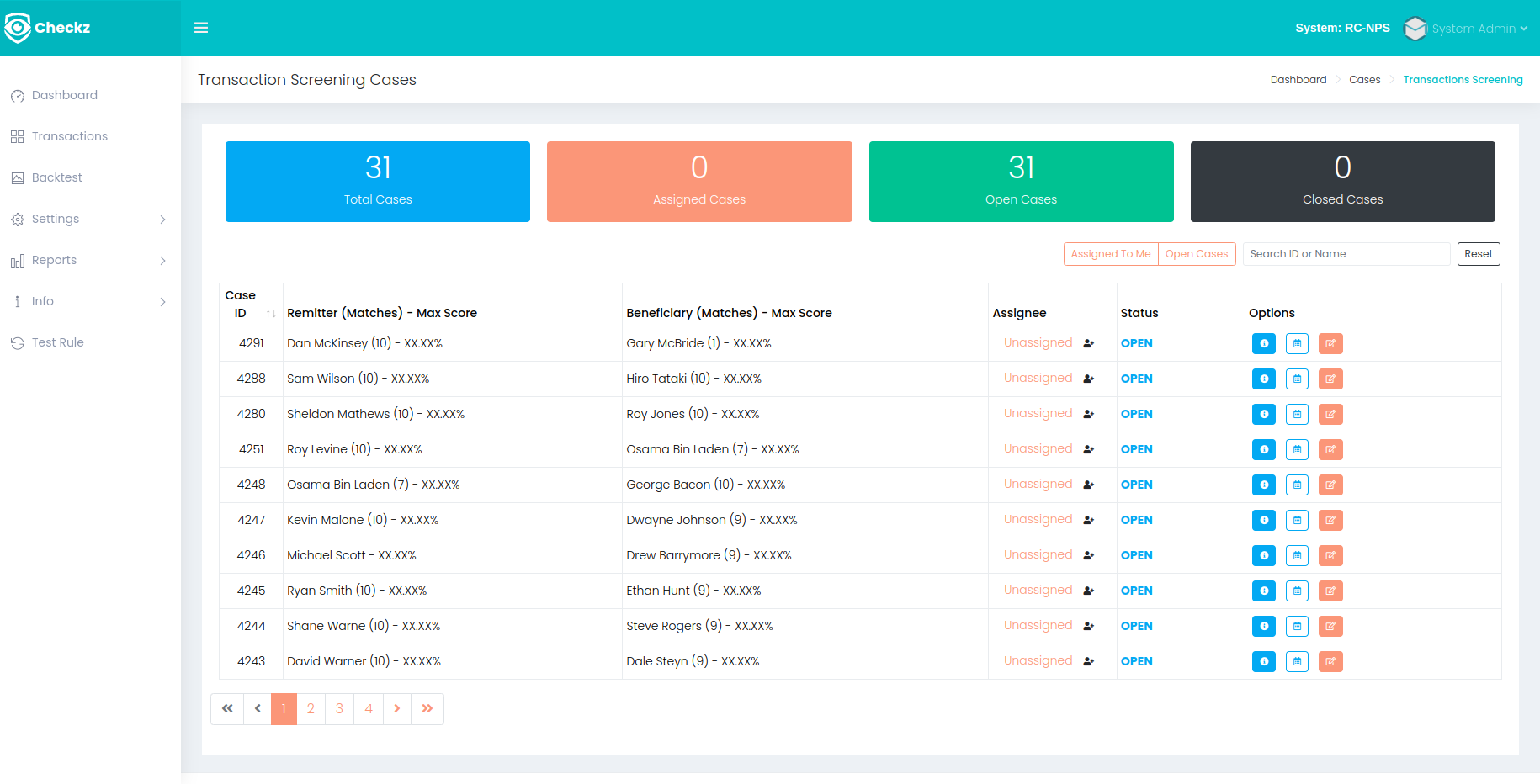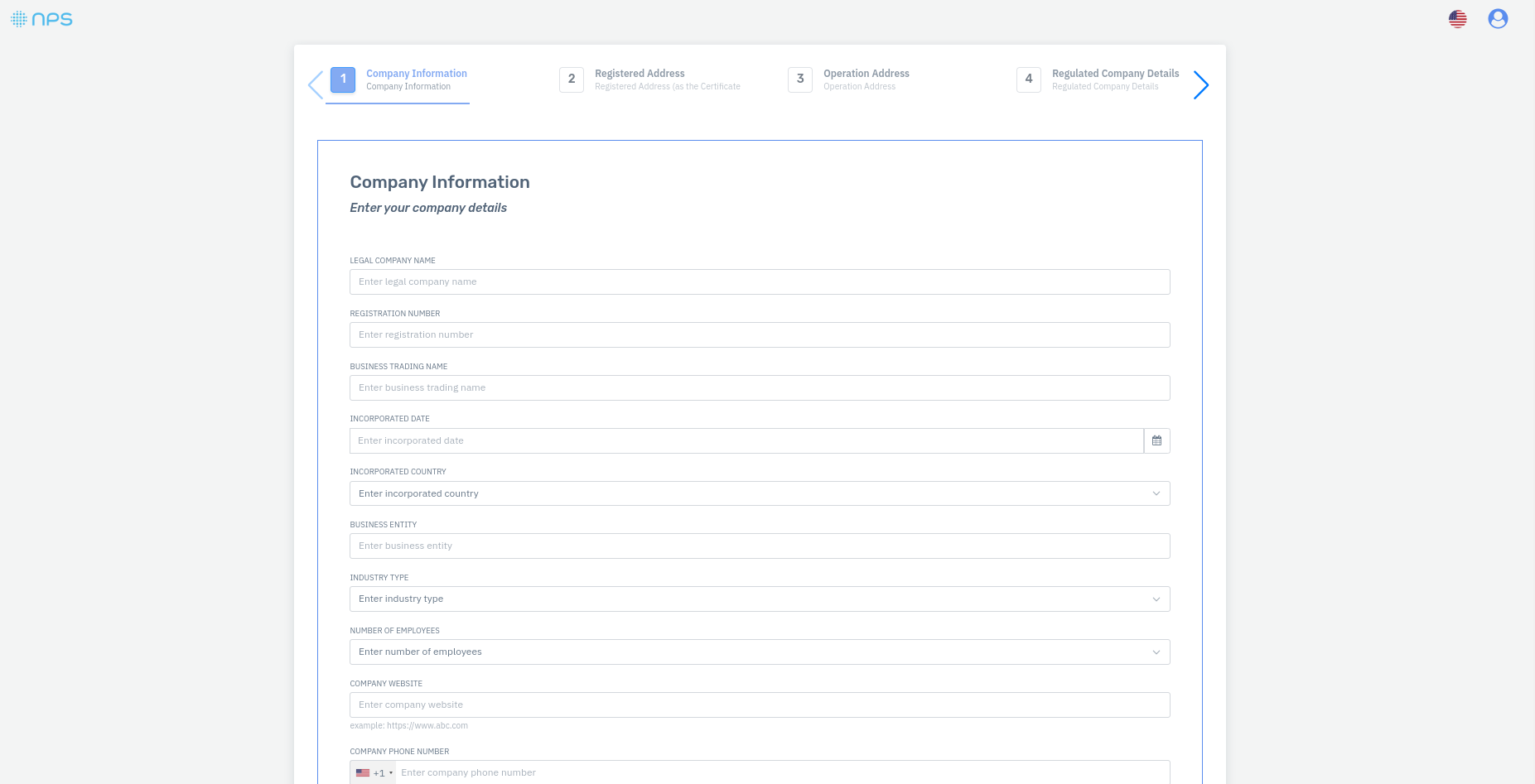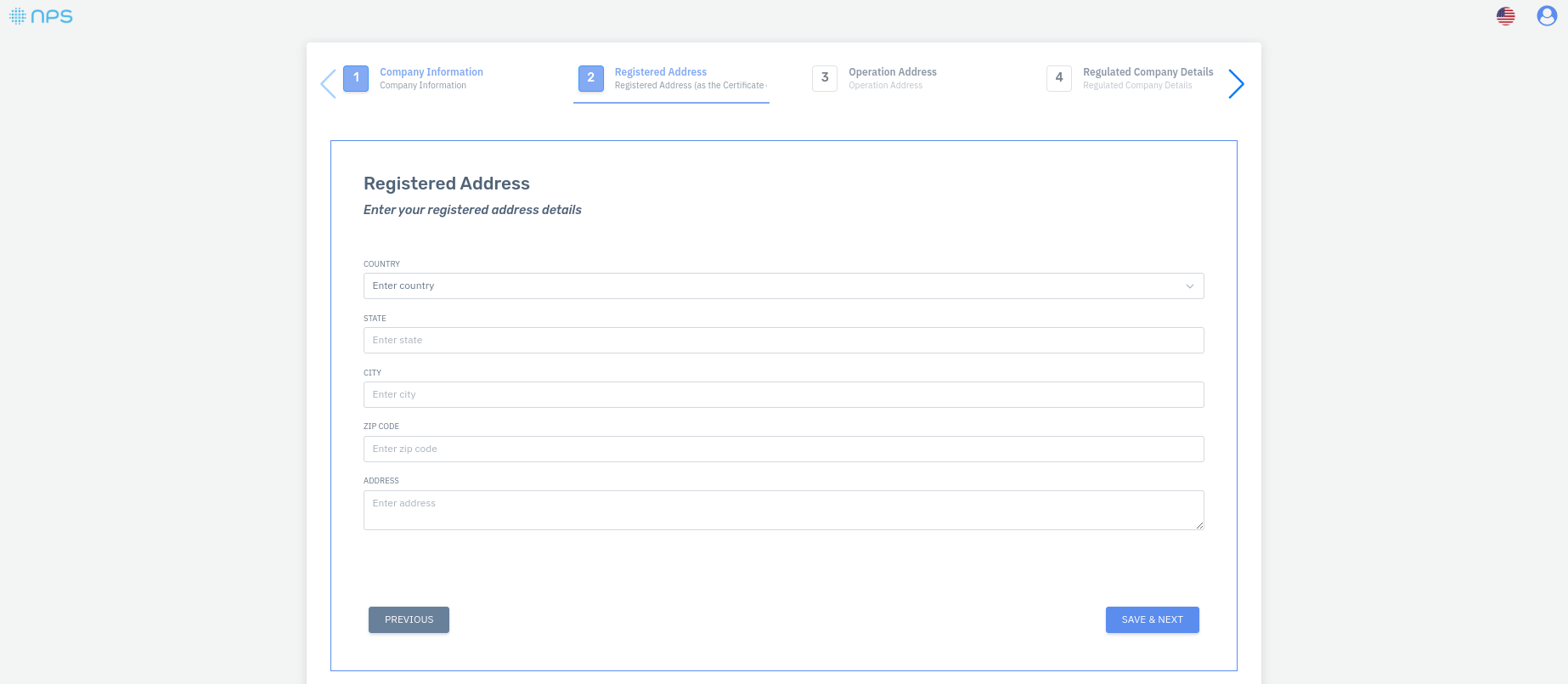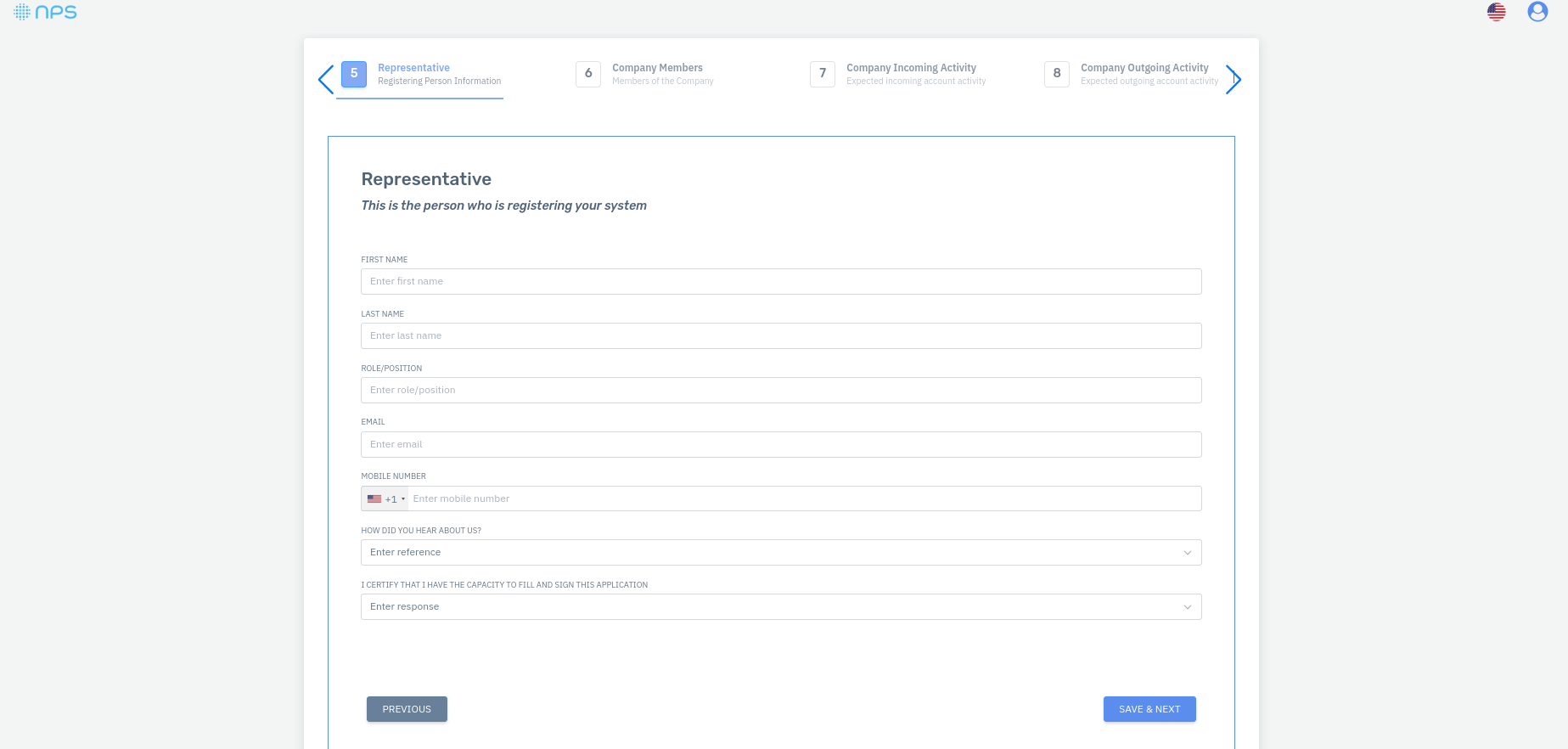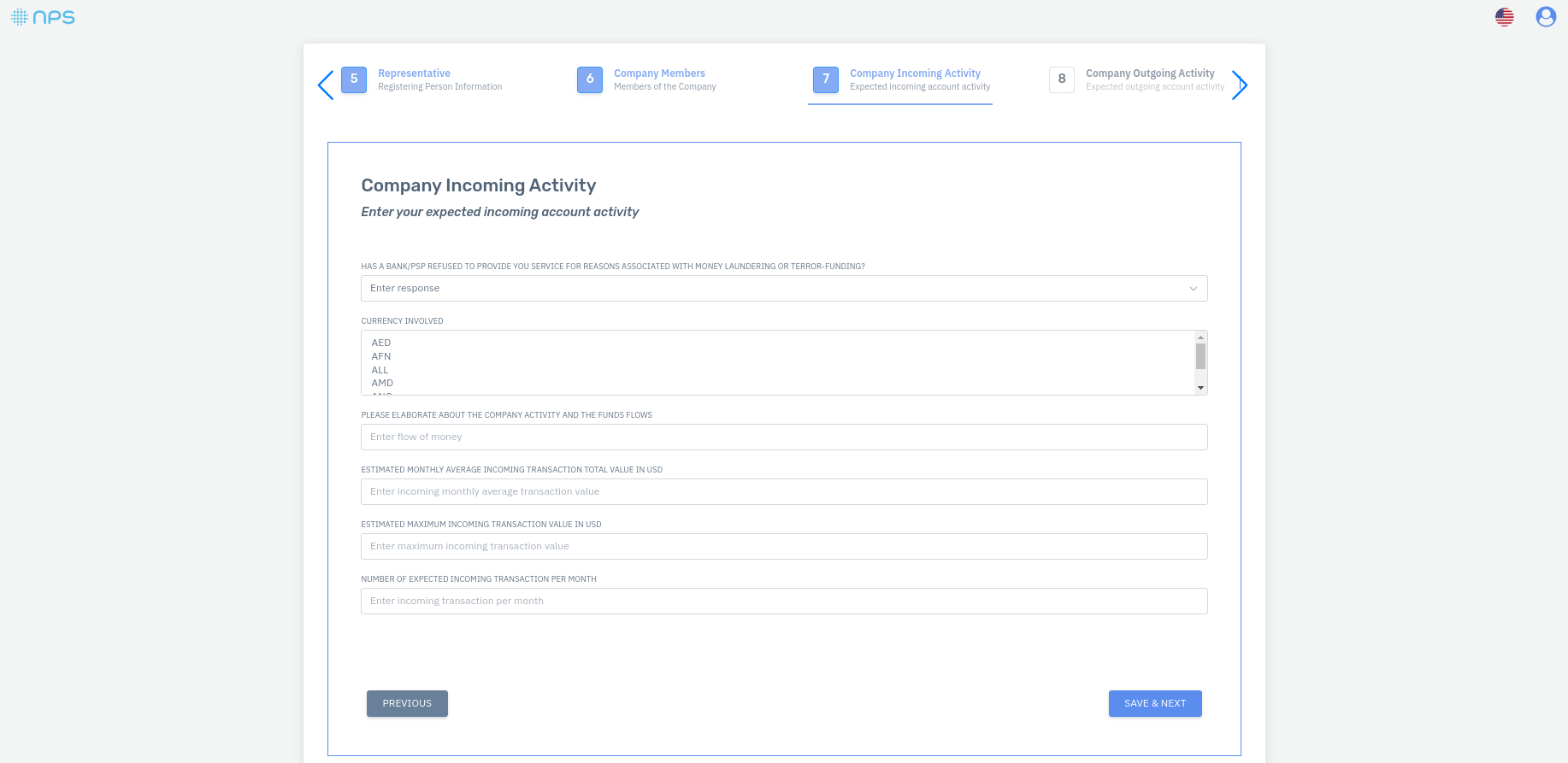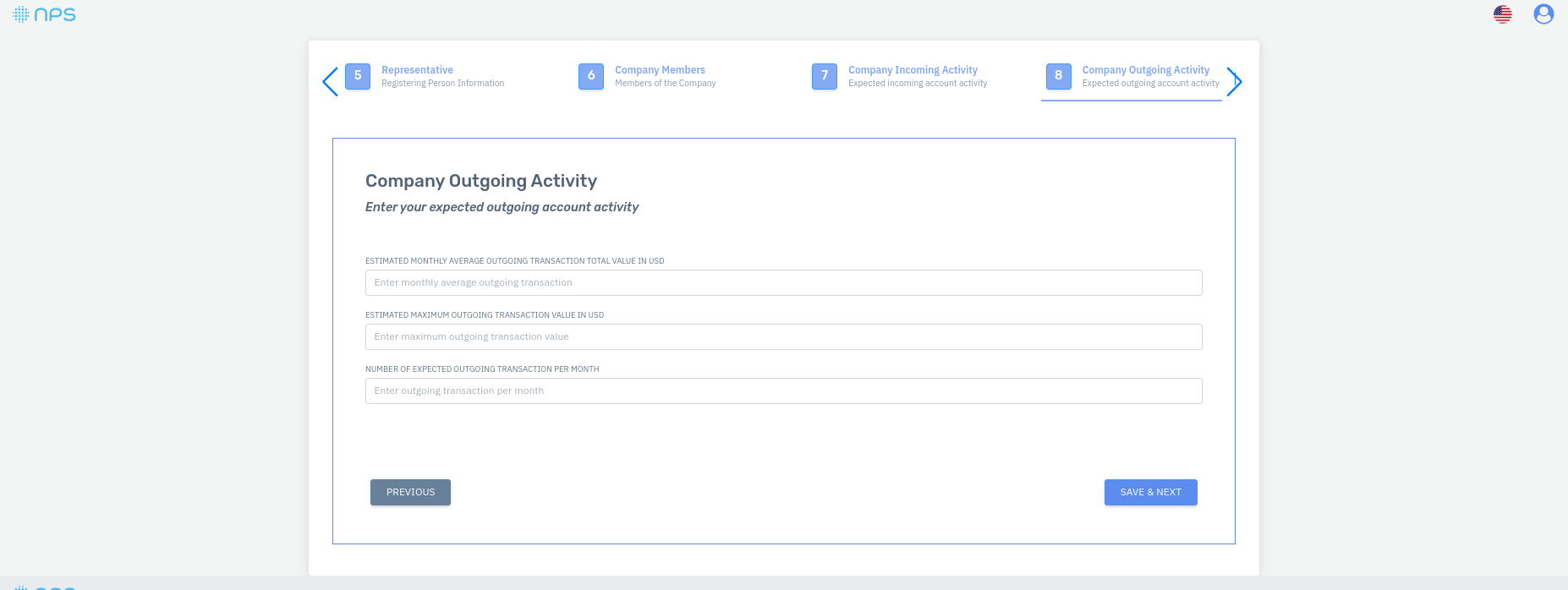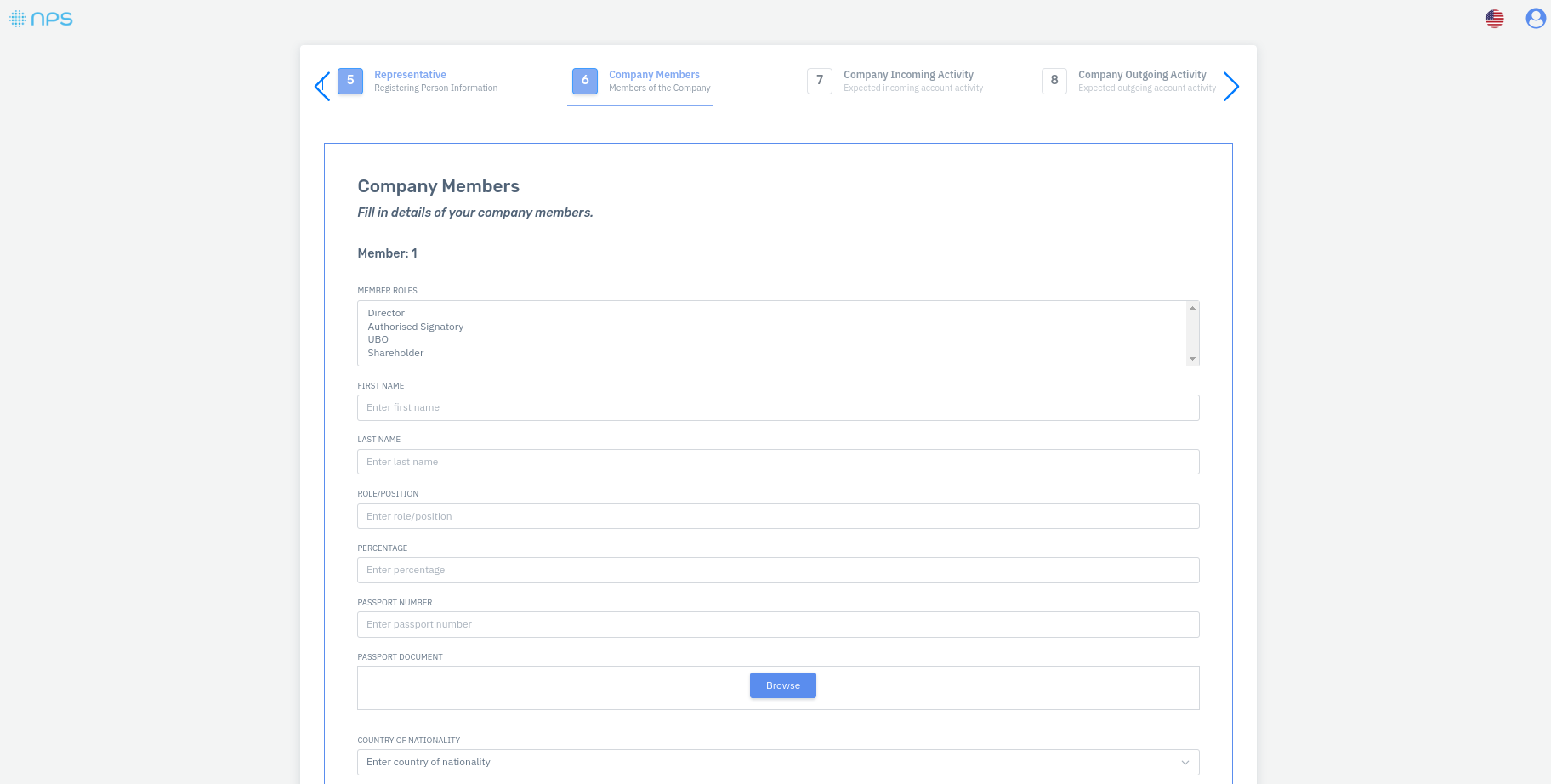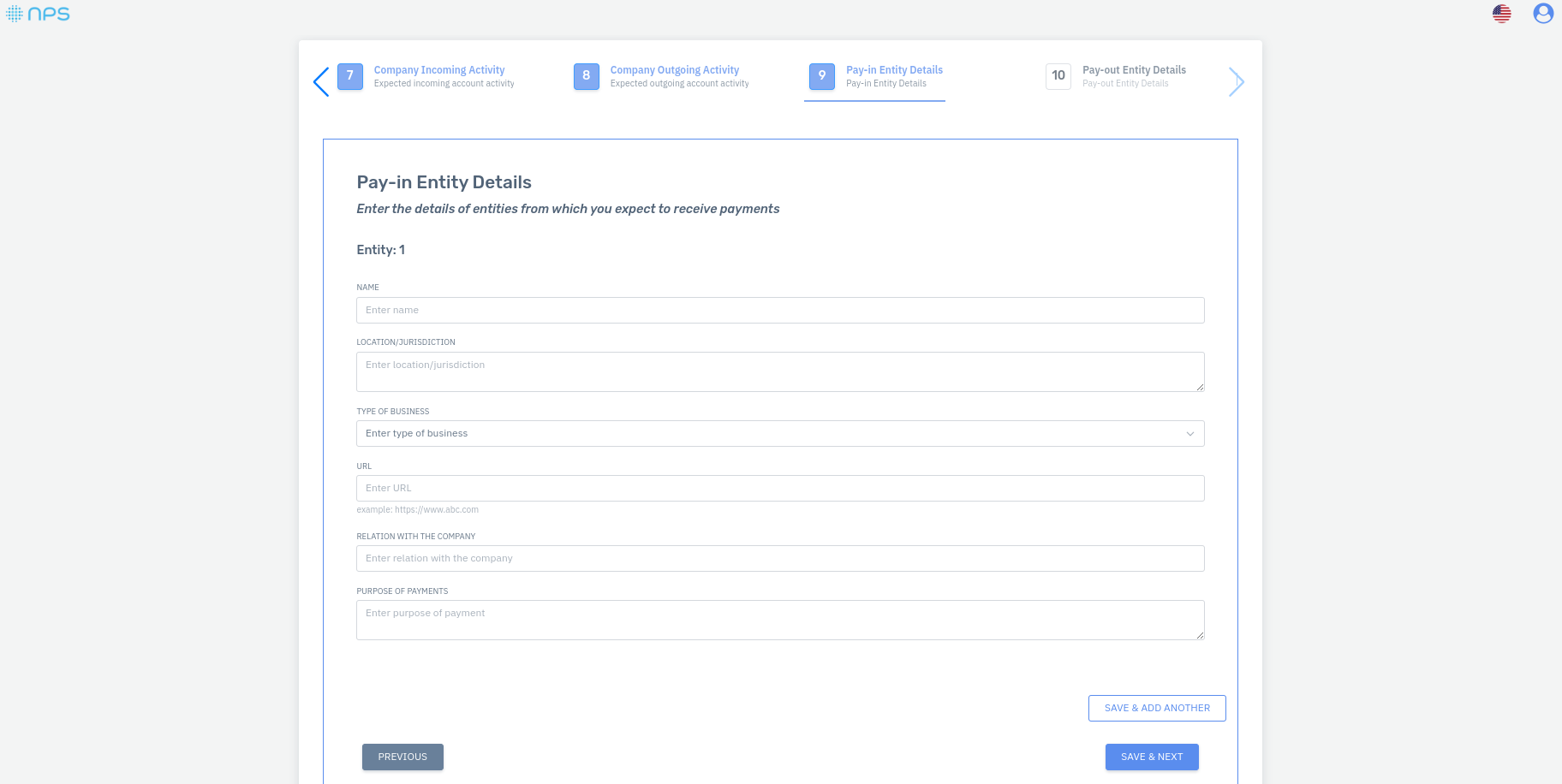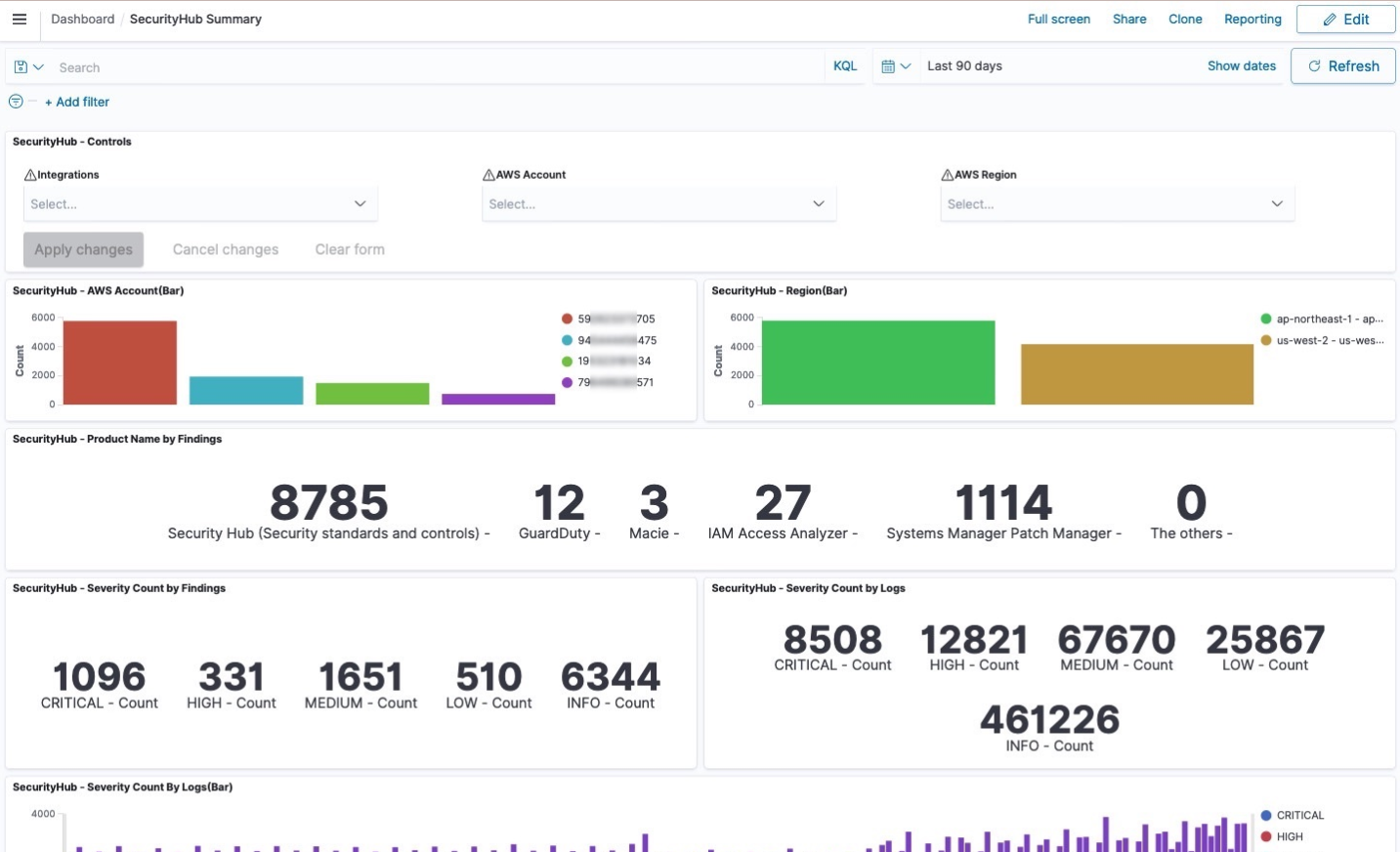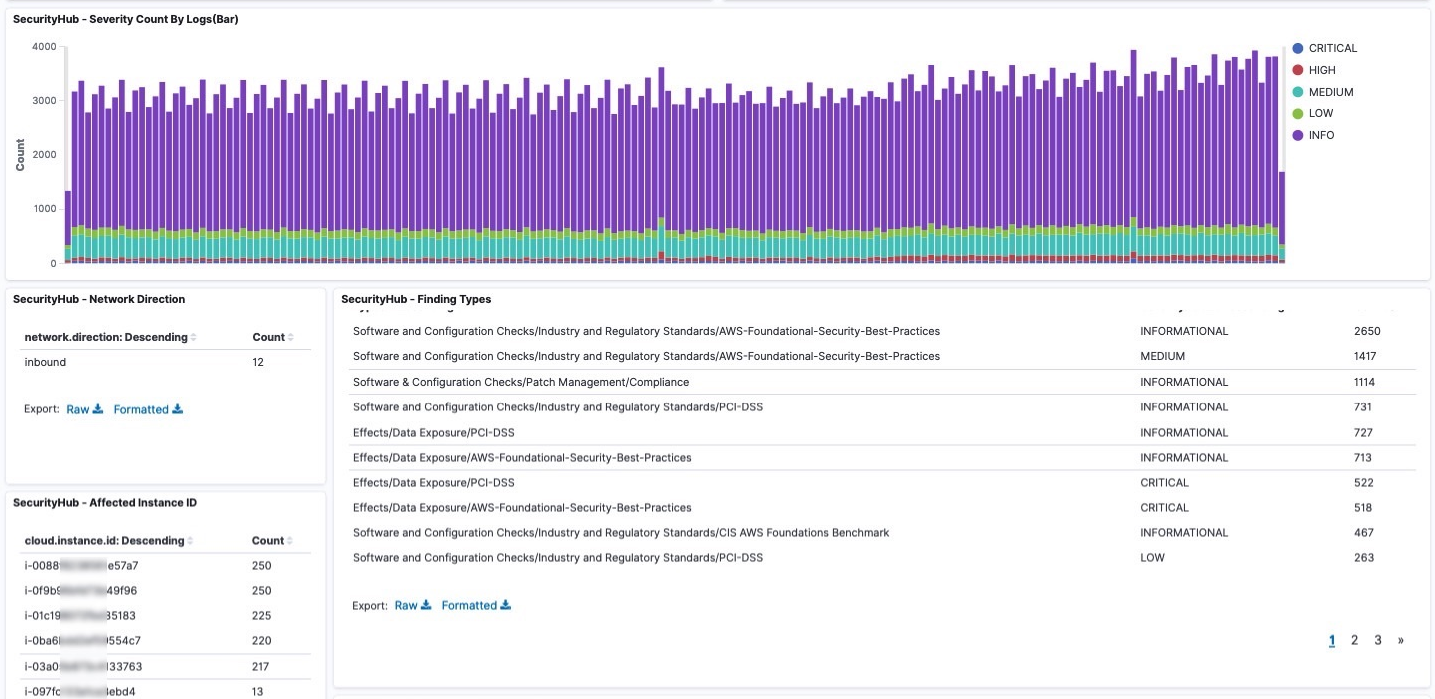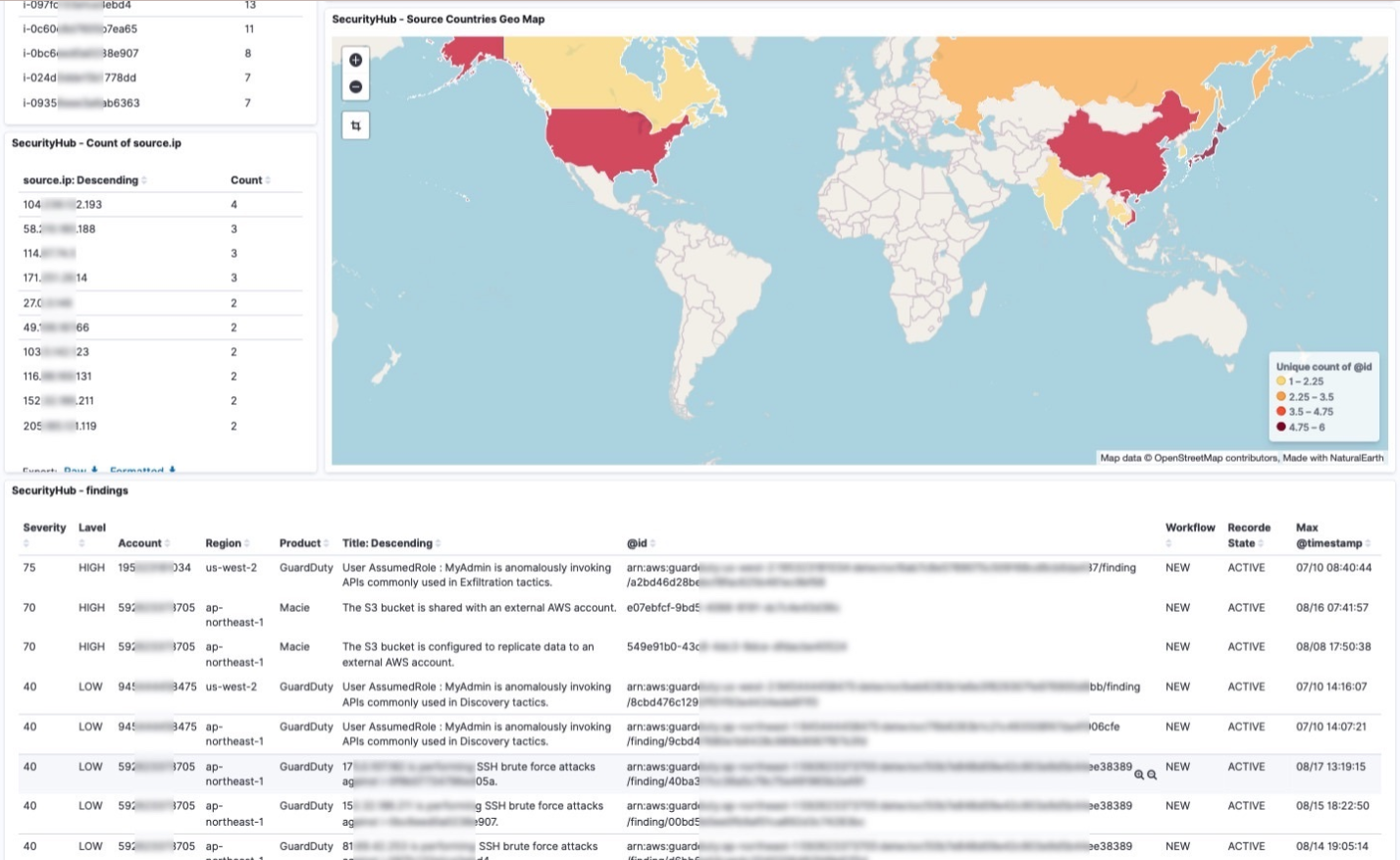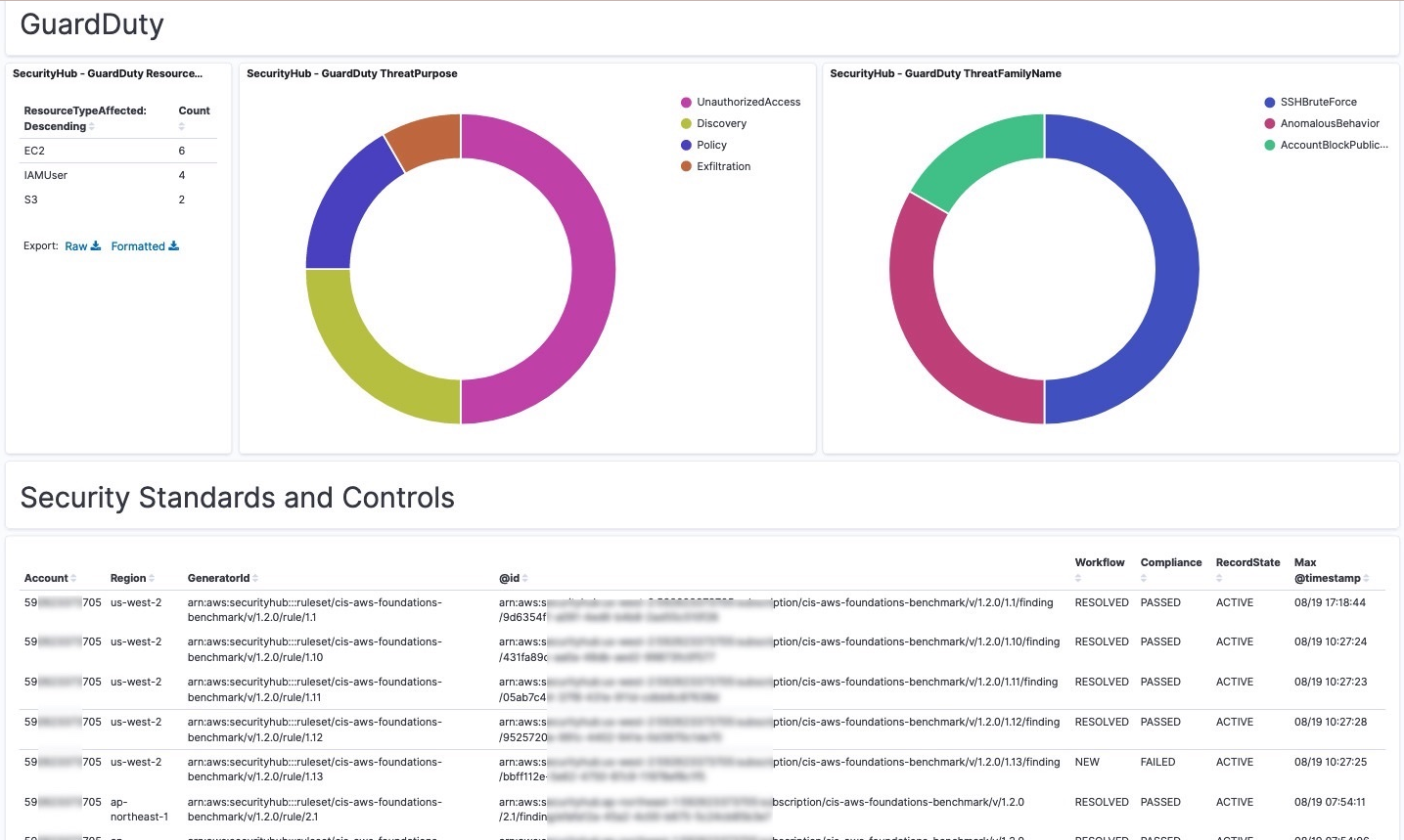You do the FIN
We got your TECH
All the tech you need in one place.
Core Banking | Monitoring | Screening | On-boarding | Cyber | Software Development
ISO 27001:2022 | GDPR 2.0 Compliant | Privacy & Security by design
Our Systems
Our Systems Screenshots
Explore the main pages of our systems to familiarize yourself with their layout and capabilities.
Our Services
Experts as a service
CISO
Expert cybersecurity leadership and guidance on a subscription basis for organizations' security needs.
CTO
On-demand technology leadership and strategic guidance to organizations without a full-time Chief Technology Officer.
Helpdesk
Cyber-focused remote IT support for Linux, Office 365, and G Suite, emphasizing cybersecurity and efficient ticket resolution.
Penetration testing
Secure your business with our expert penetration testing services. Proactively identify vulnerabilities and fortify your defenses against cyber threats
Low Code Development
Low Code vs Traditional Coding
This is how we code
This is how they code
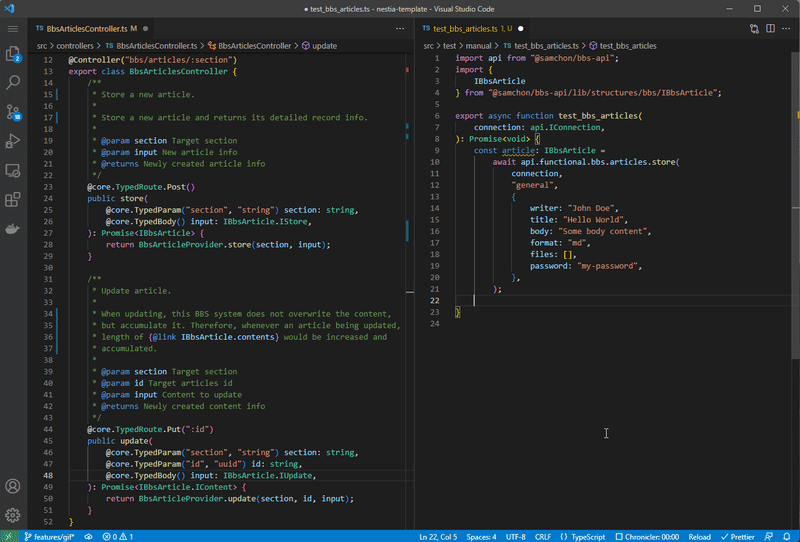
| Factor | Low-Code Development | Traditional Development |
|---|---|---|
| Skill Requirements | Minimal coding knowledge needed. Ideal for non-technical users or "citizen developers". | Requires experienced developers with expertise in programming languages. |
| Development Speed | Faster development using visual interfaces, drag-and-drop tools, and pre-built components. | Longer development cycles due to the time needed for manual coding. |
| Flexibility & Customization | Offers some customization through extensions and add-ons. | Provides greater flexibility and customization potential, but requires more coding effort. |
| Cost | Generally lower costs due to faster development and reduced need for specialized developers. | Can be more expensive due to longer development times and reliance on skilled programmers. |
| Security | Built-in security measures within the low-code platform lessen the burden on developers. | Requires extensive security planning and careful coding practices to avoid vulnerabilities. |

